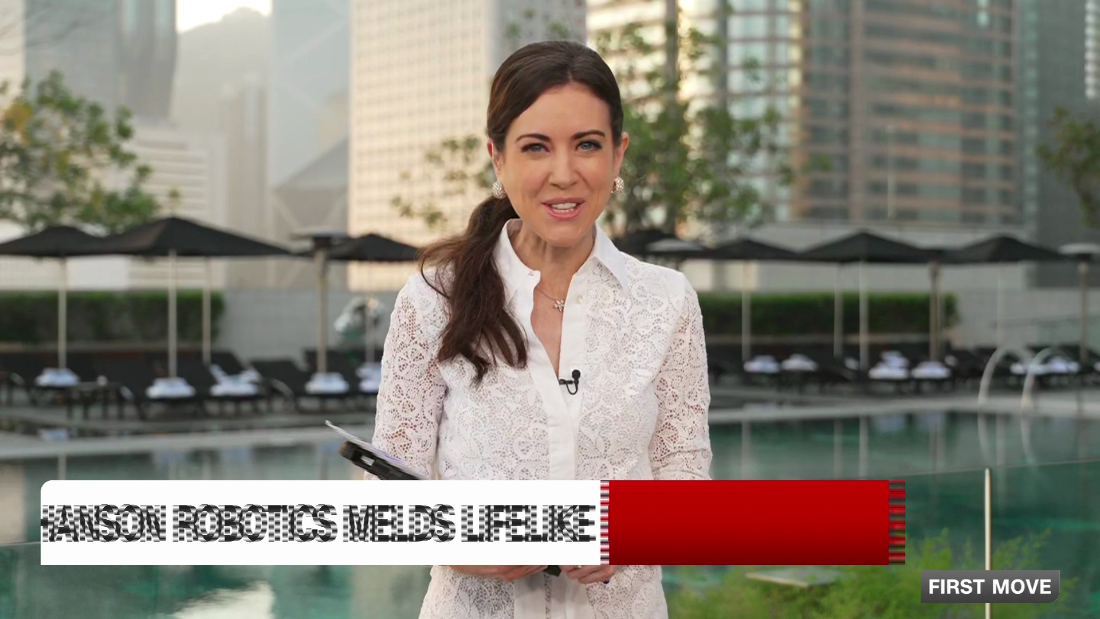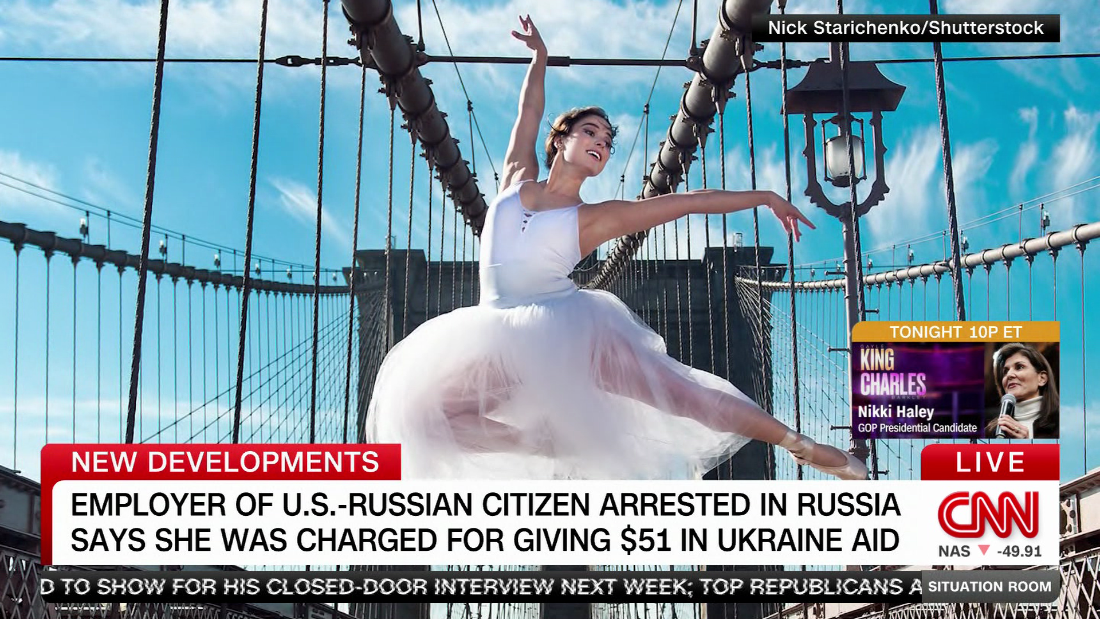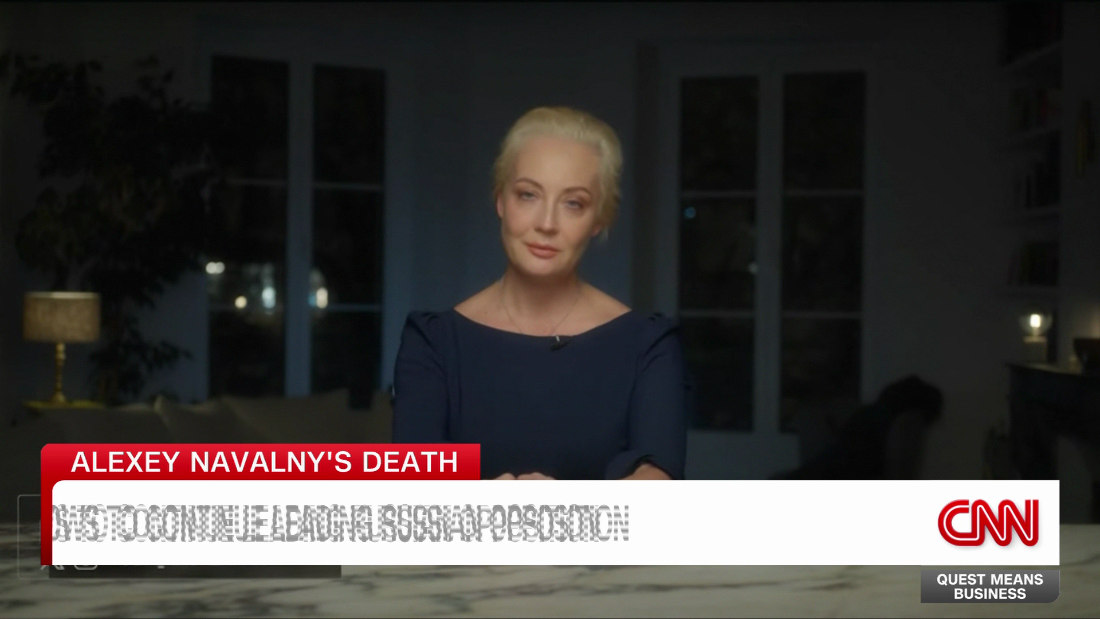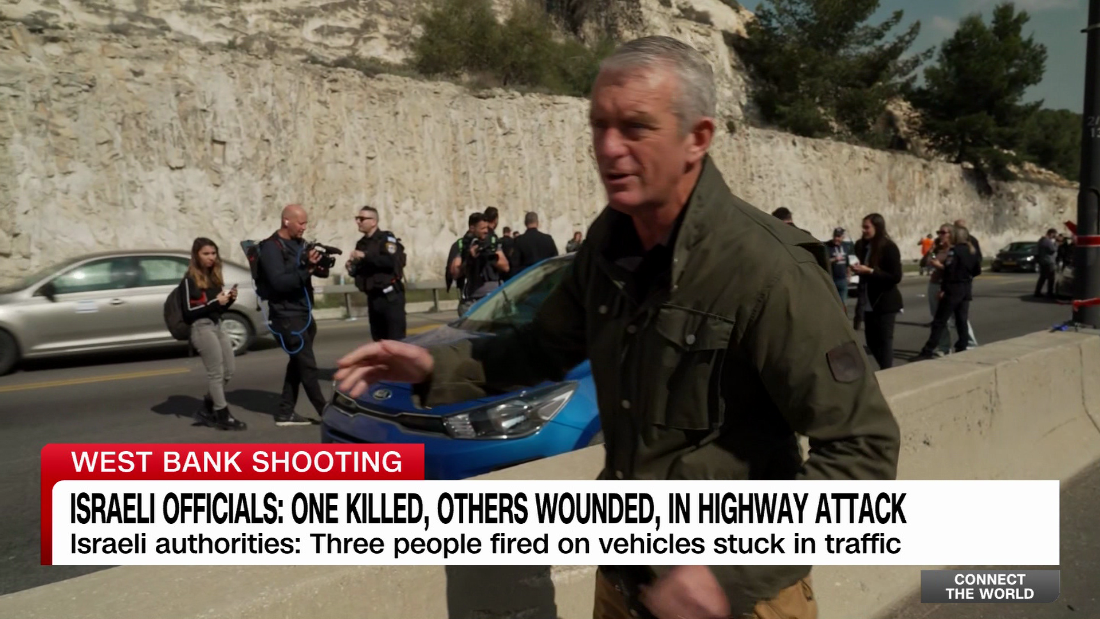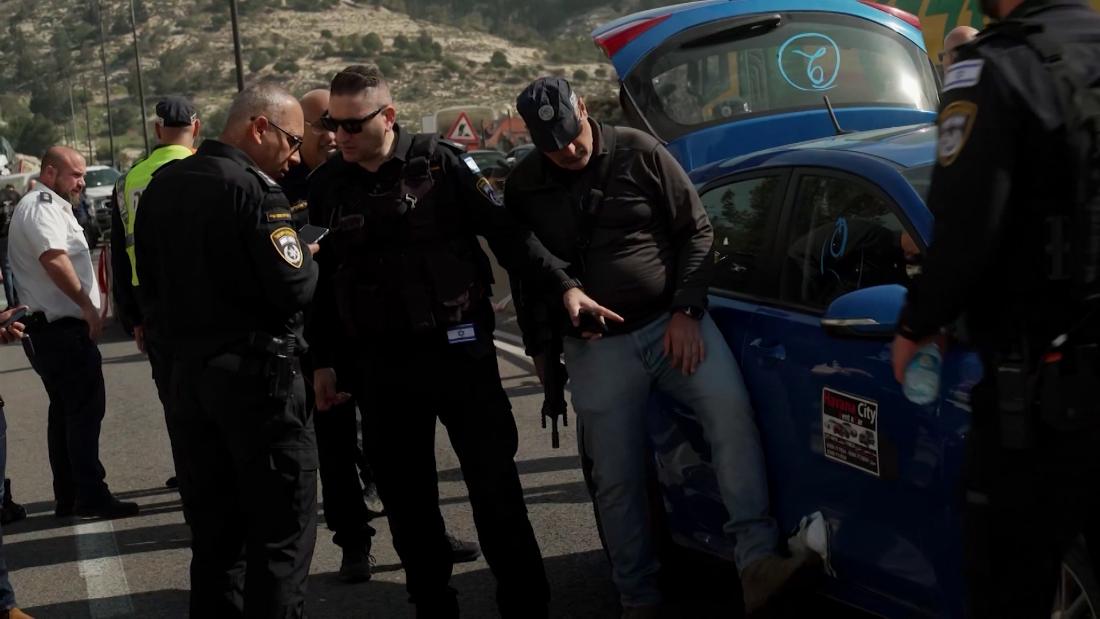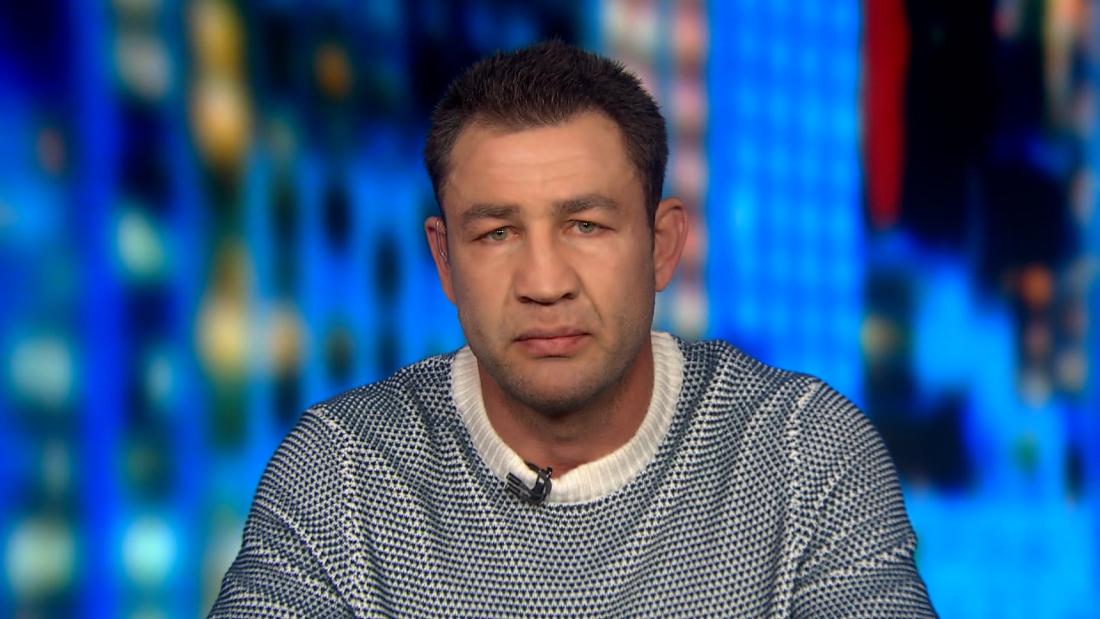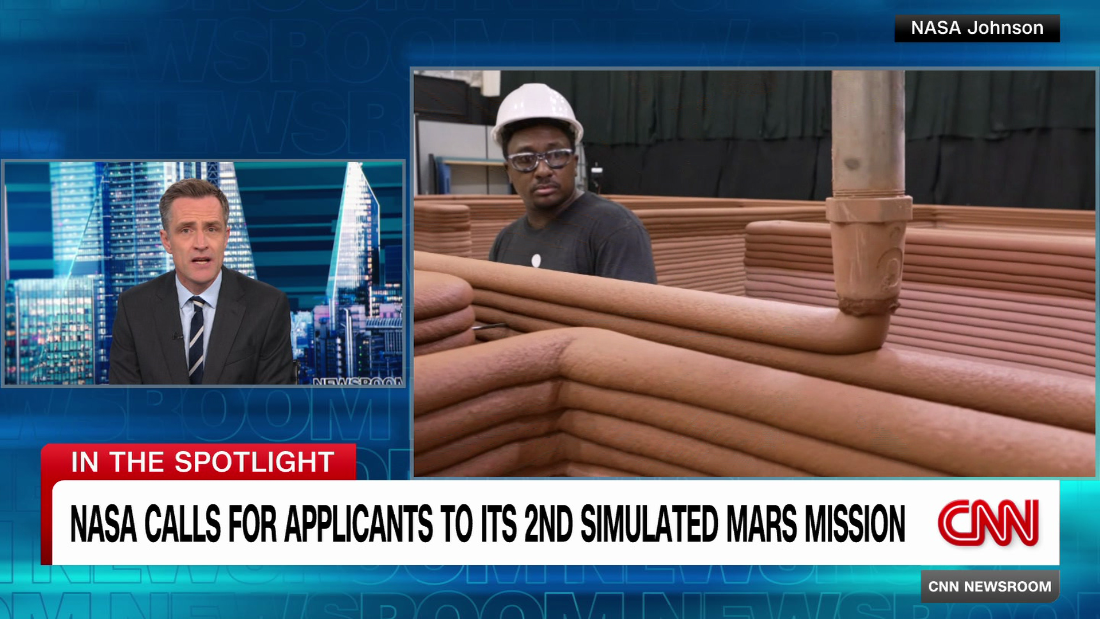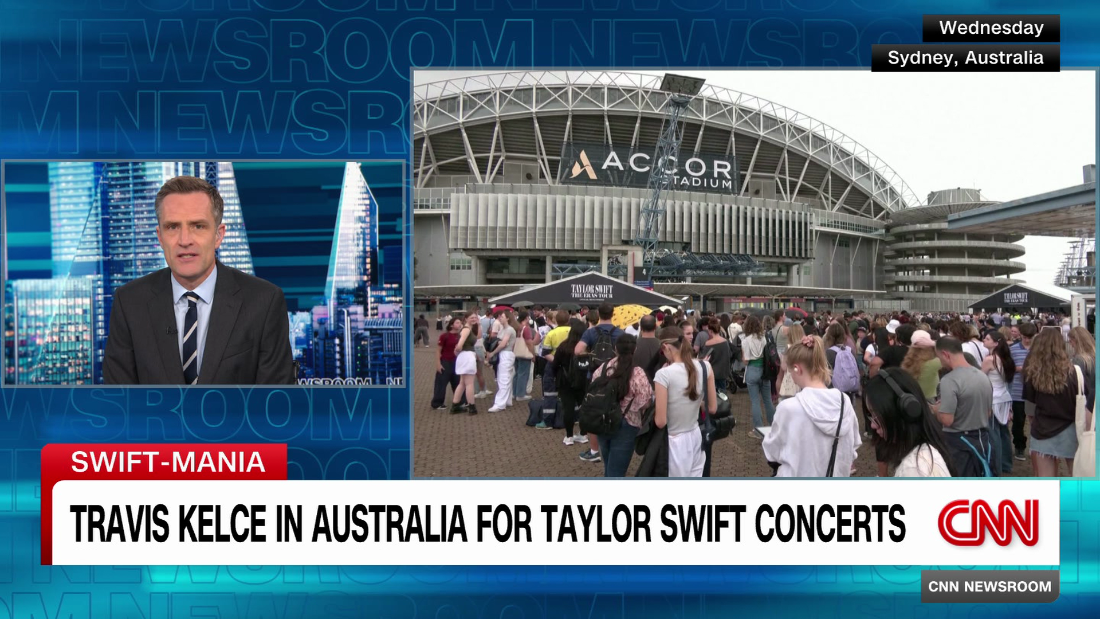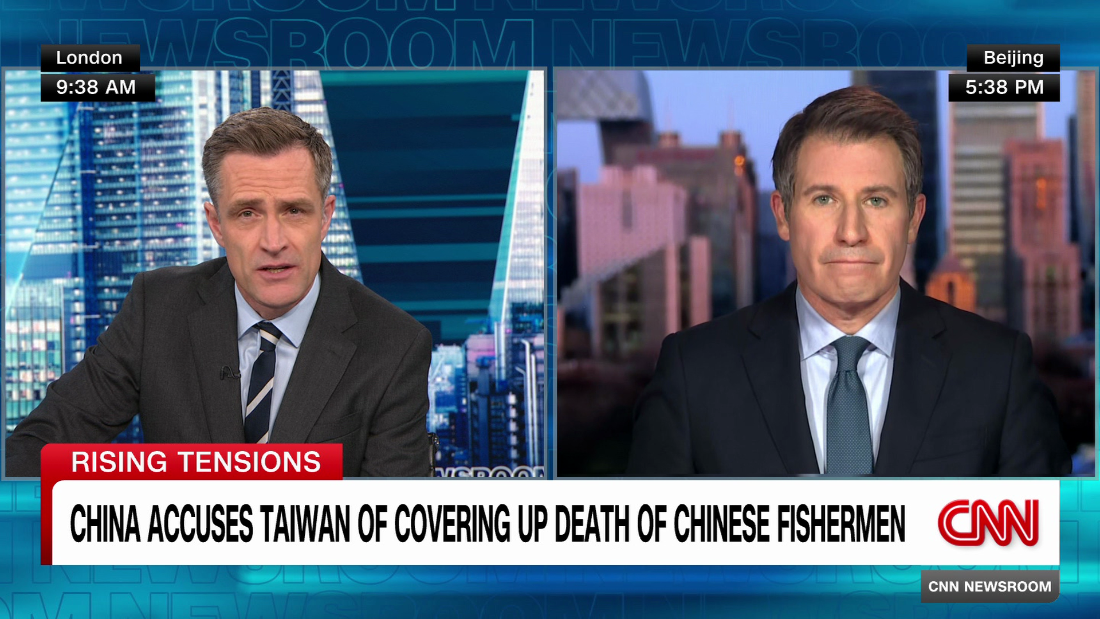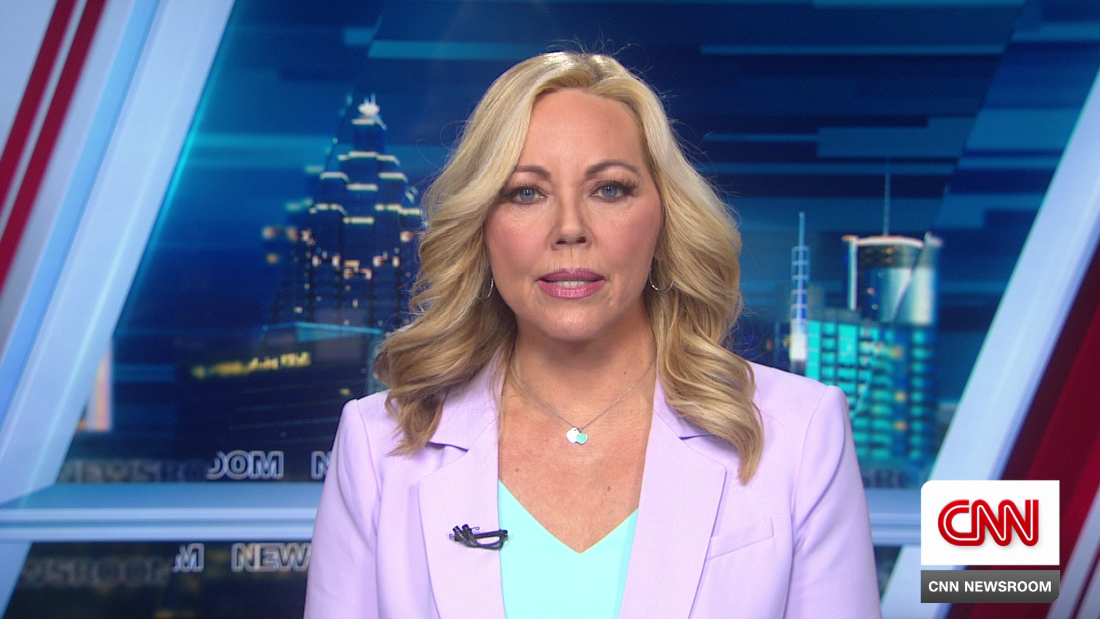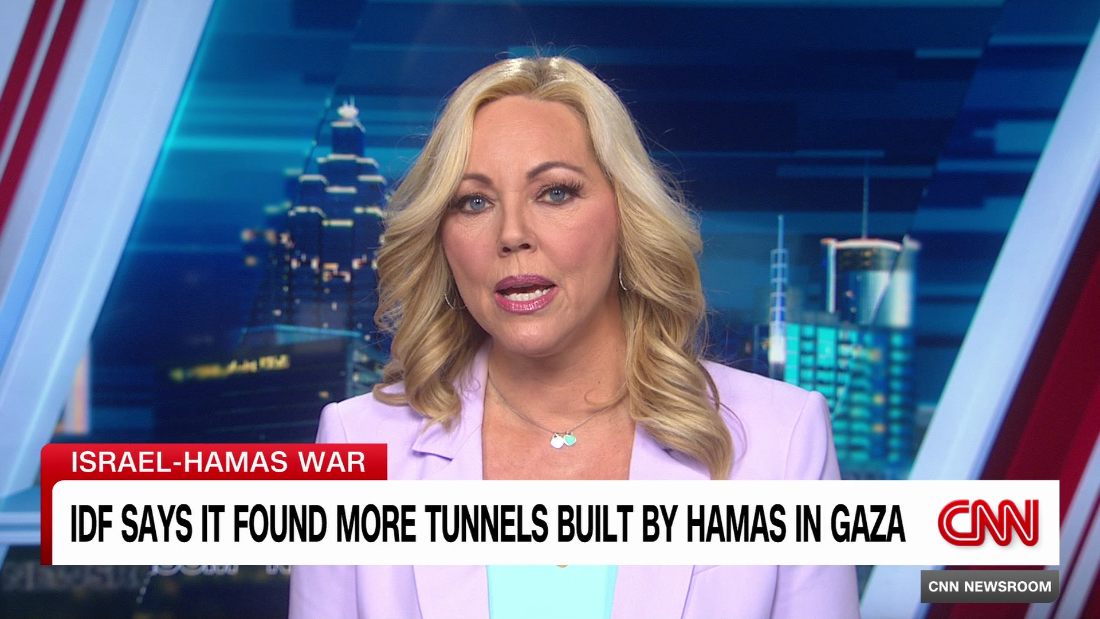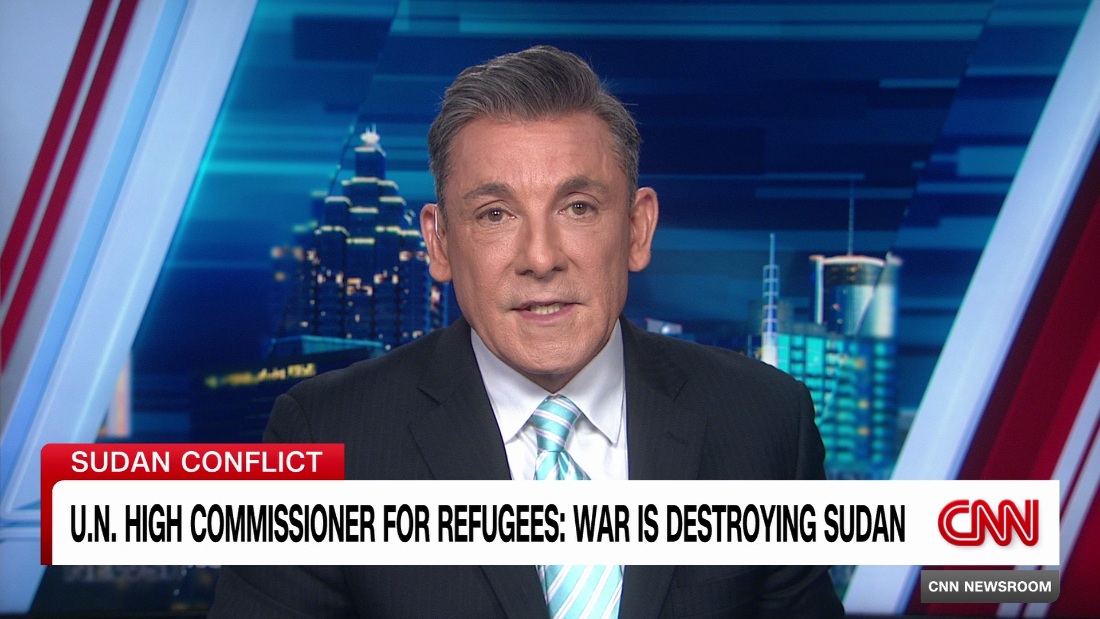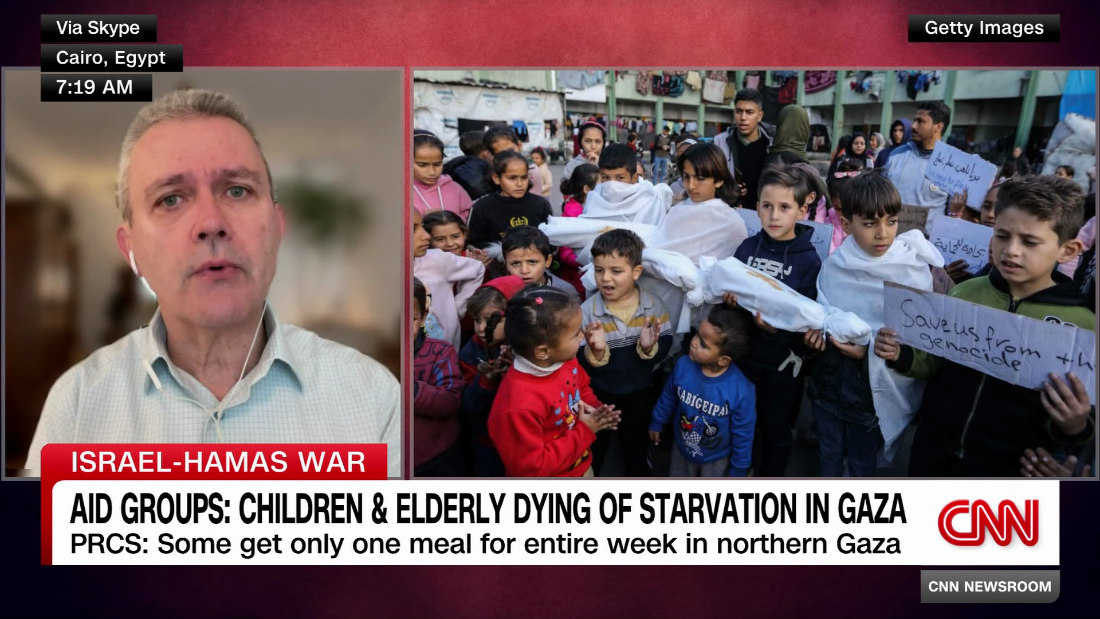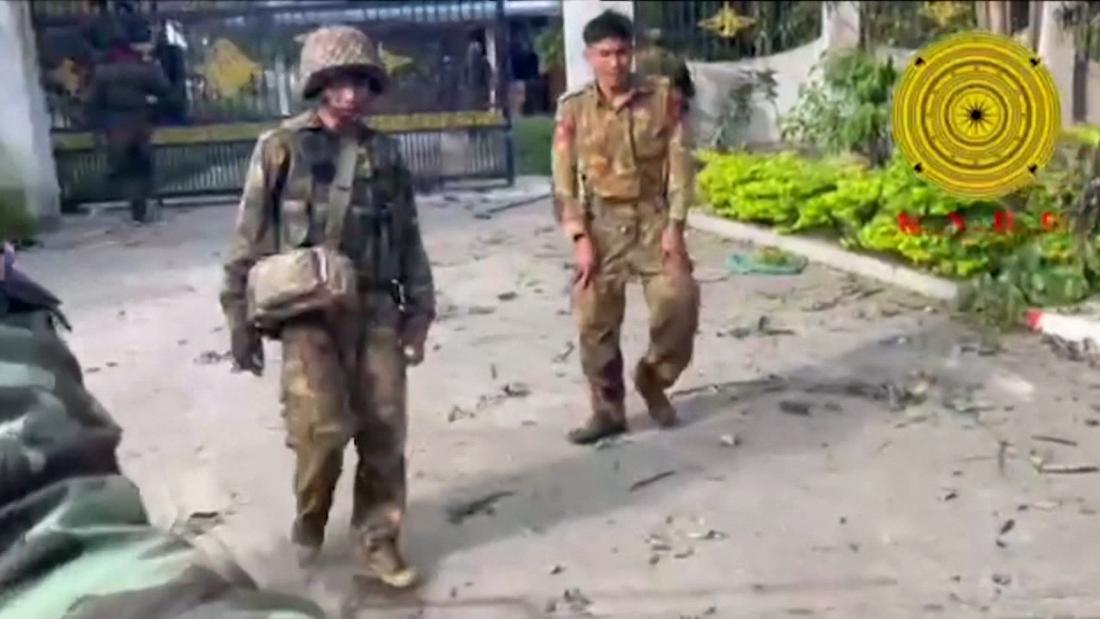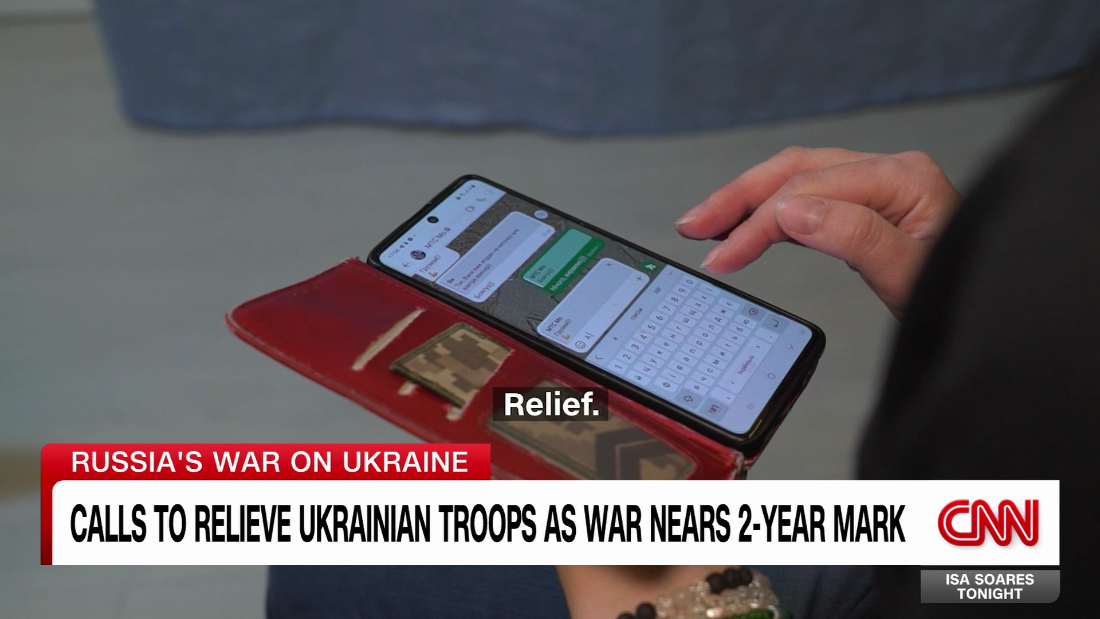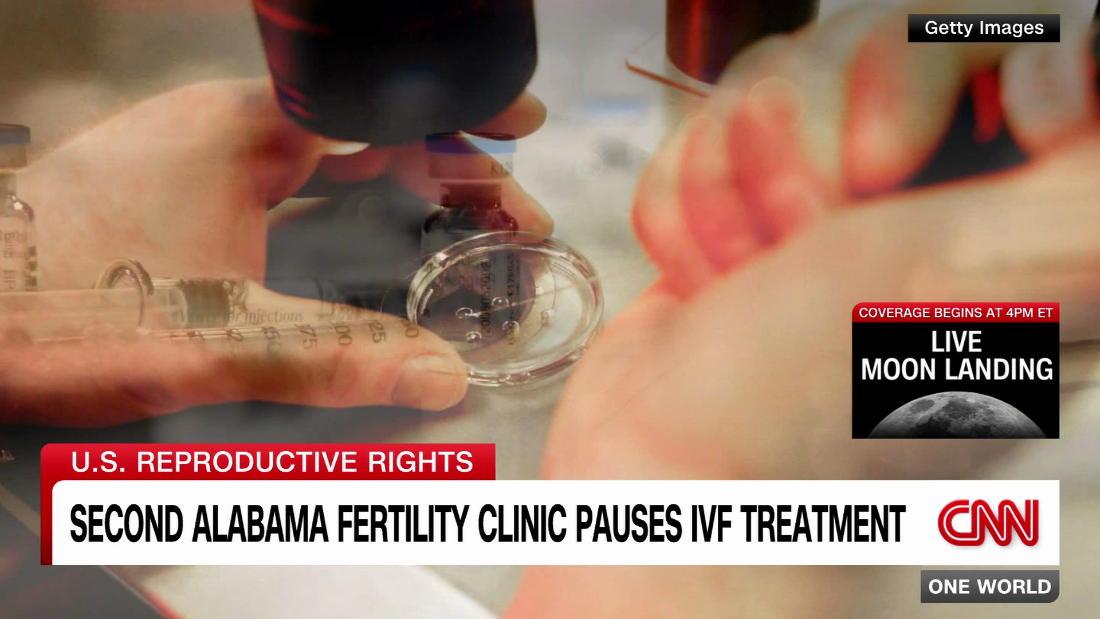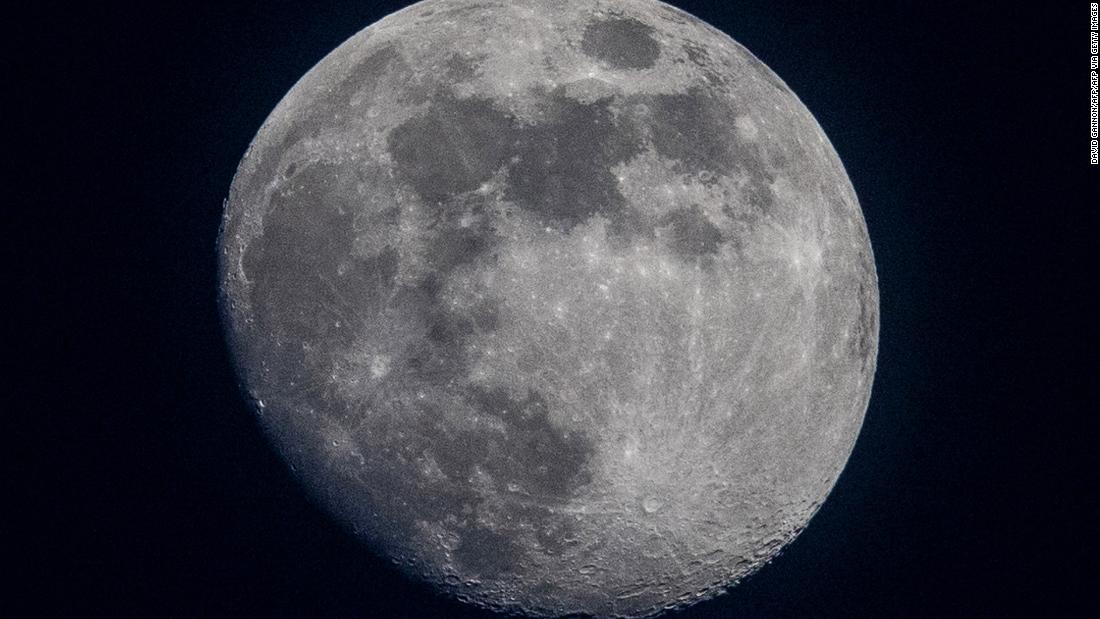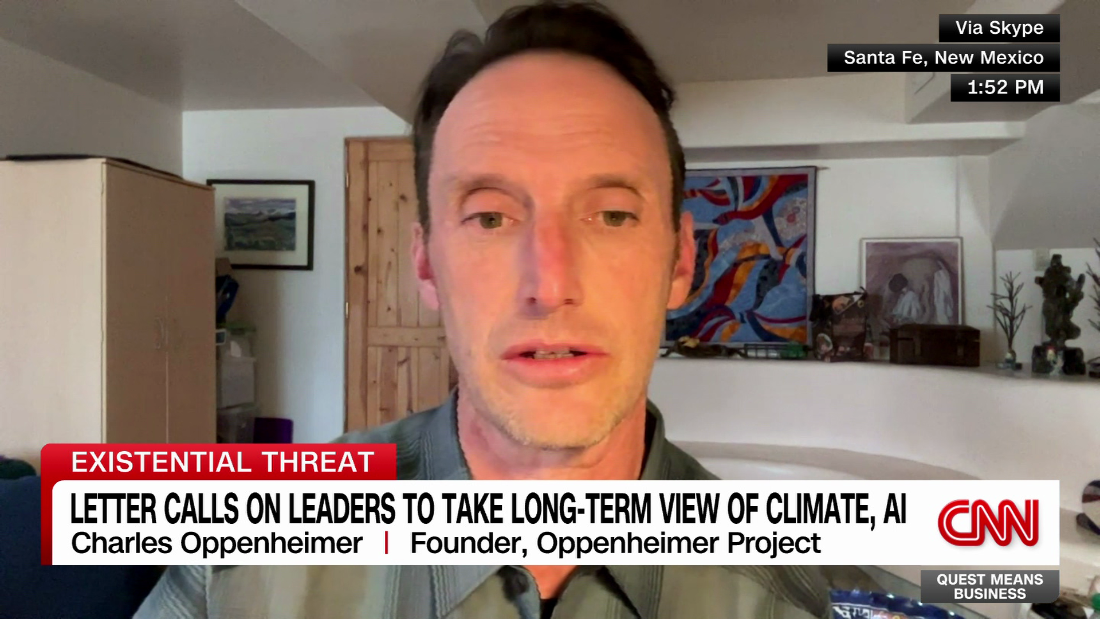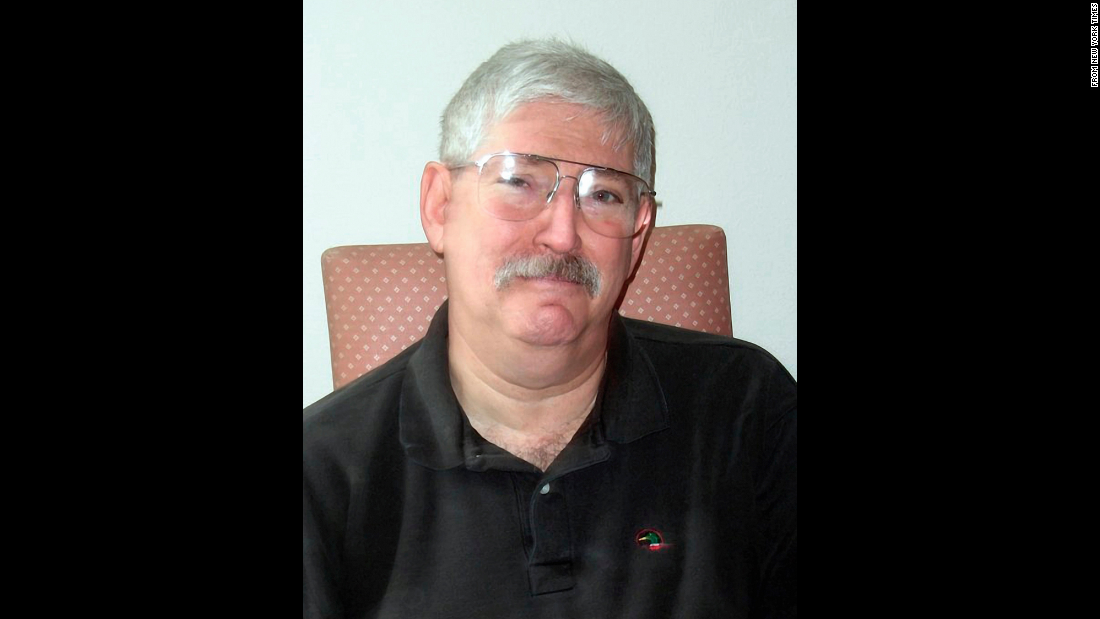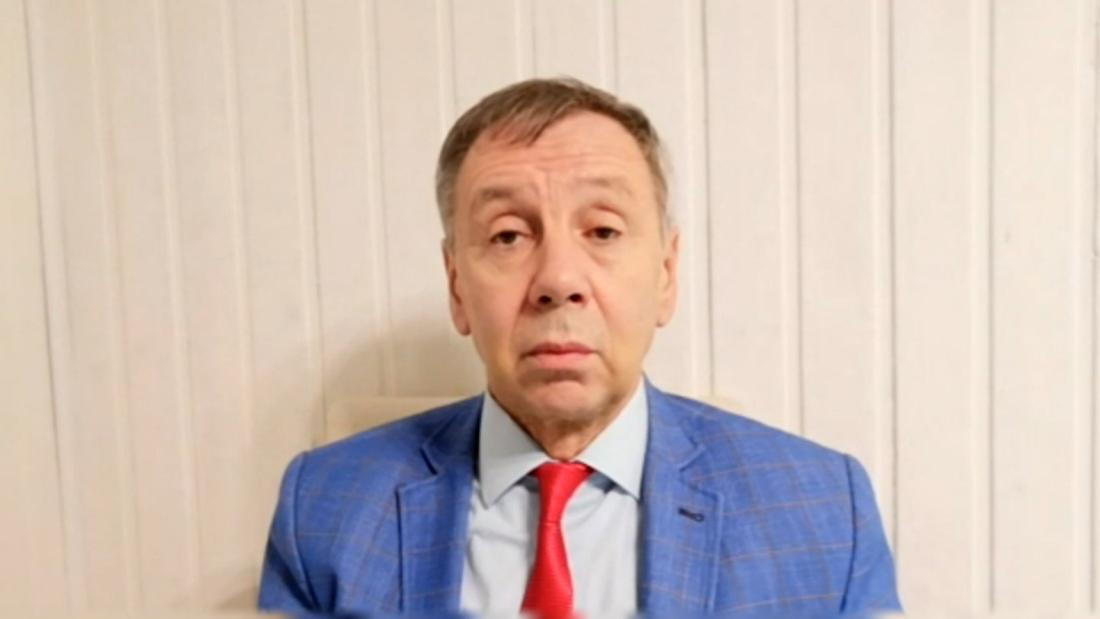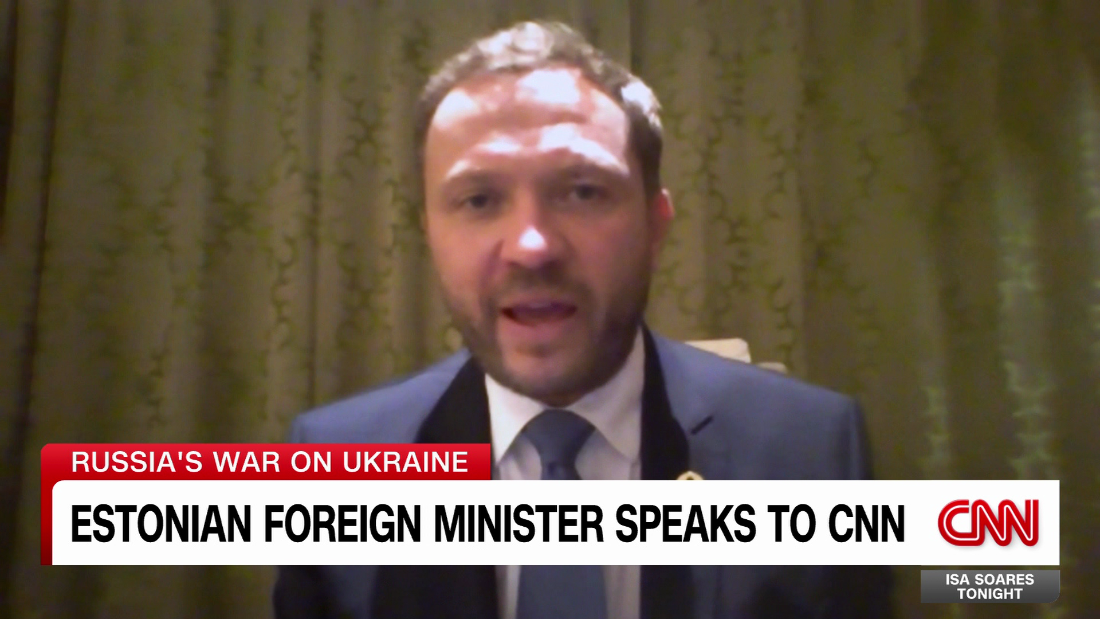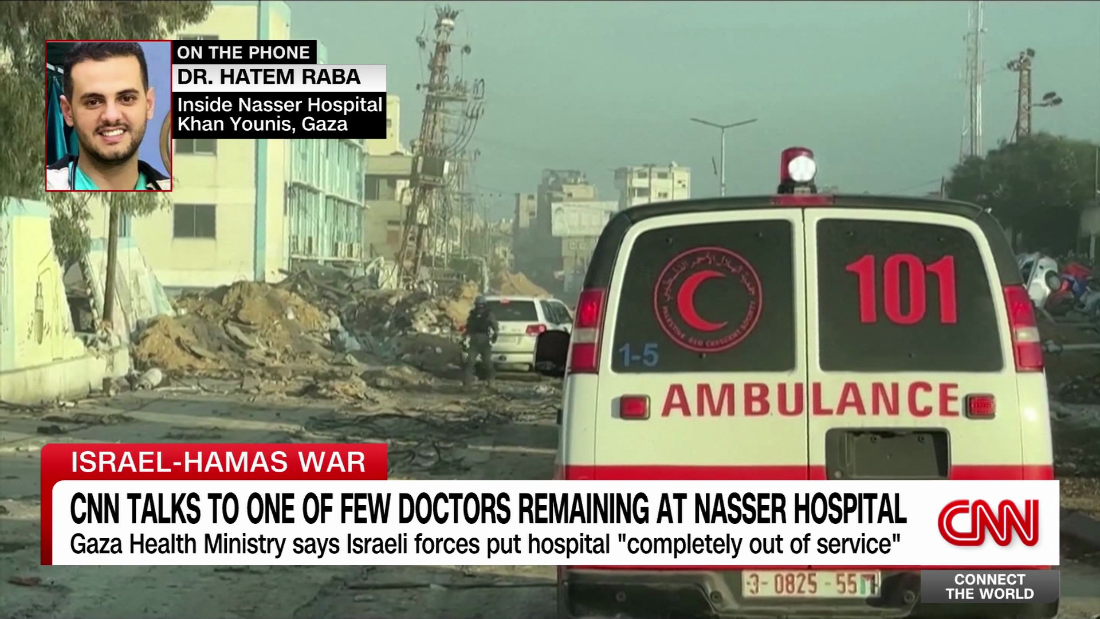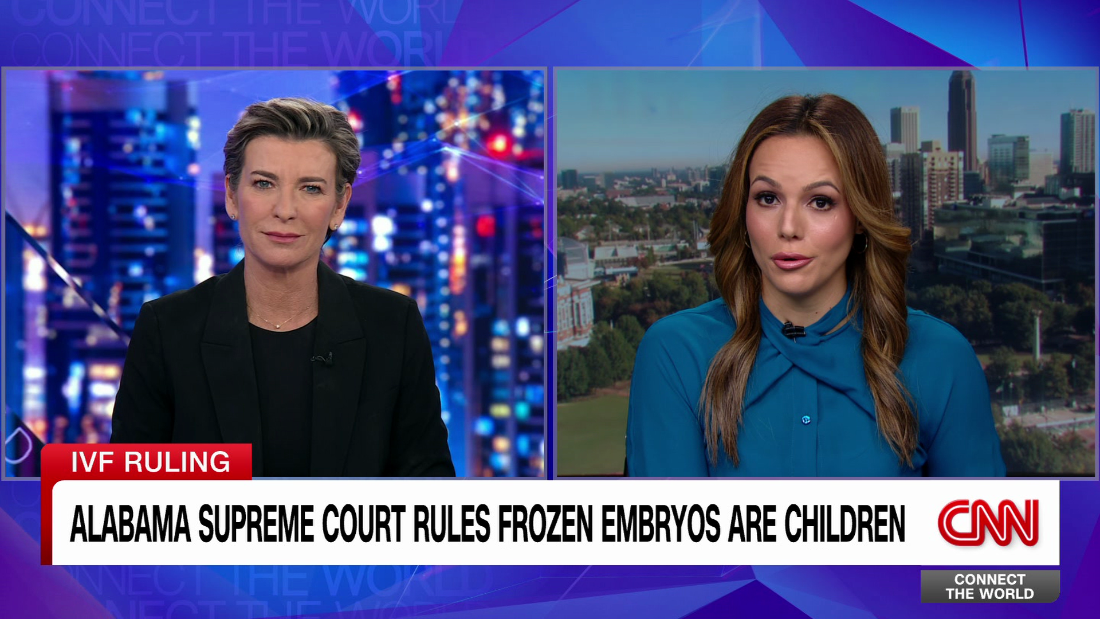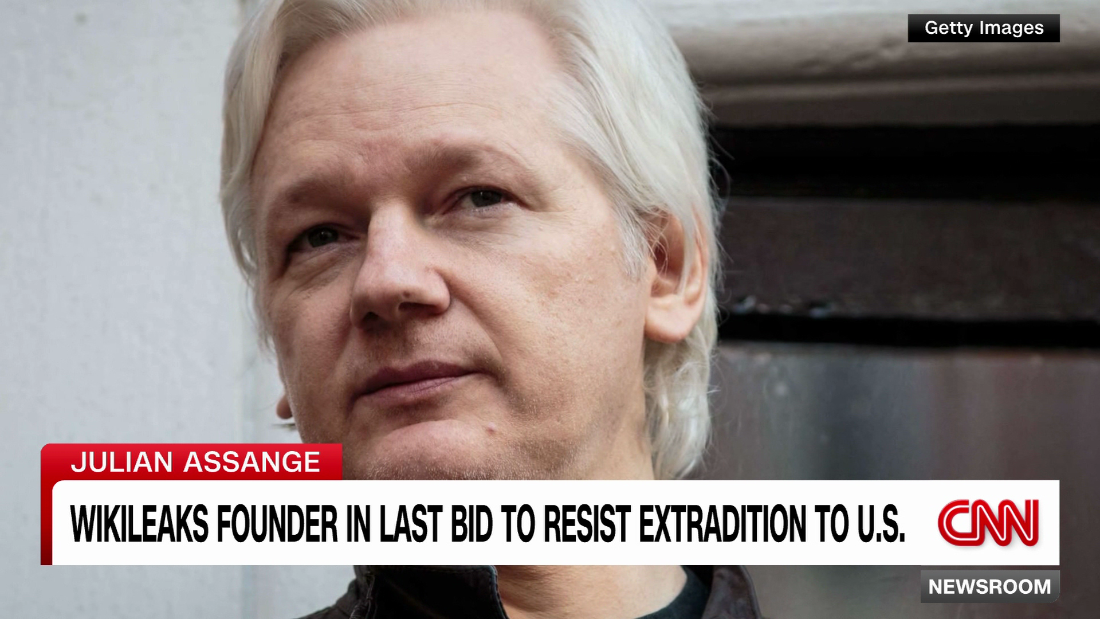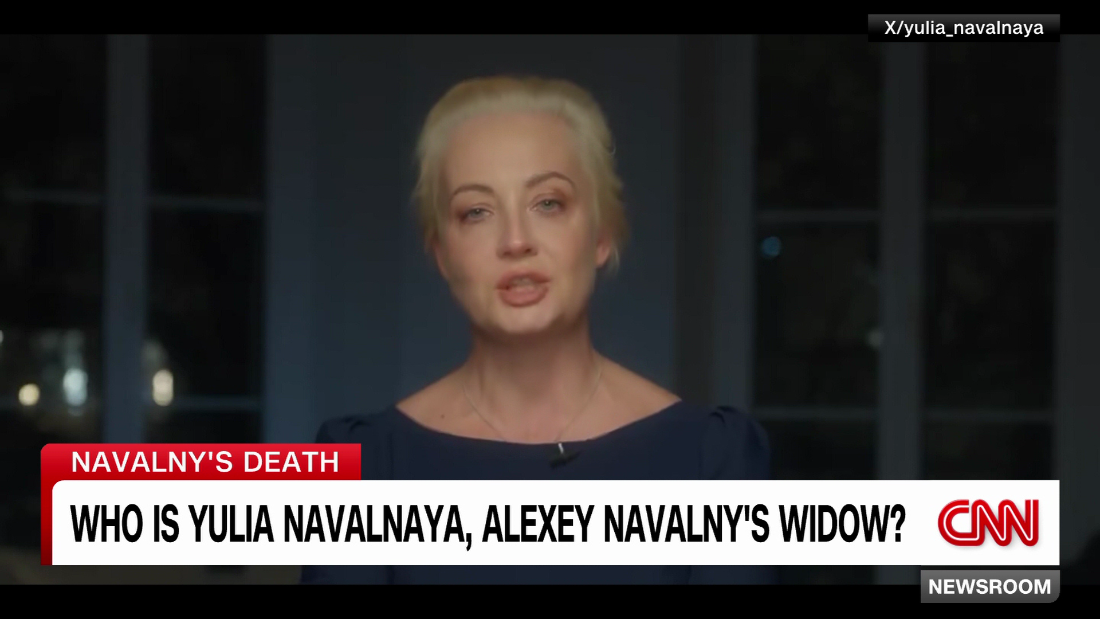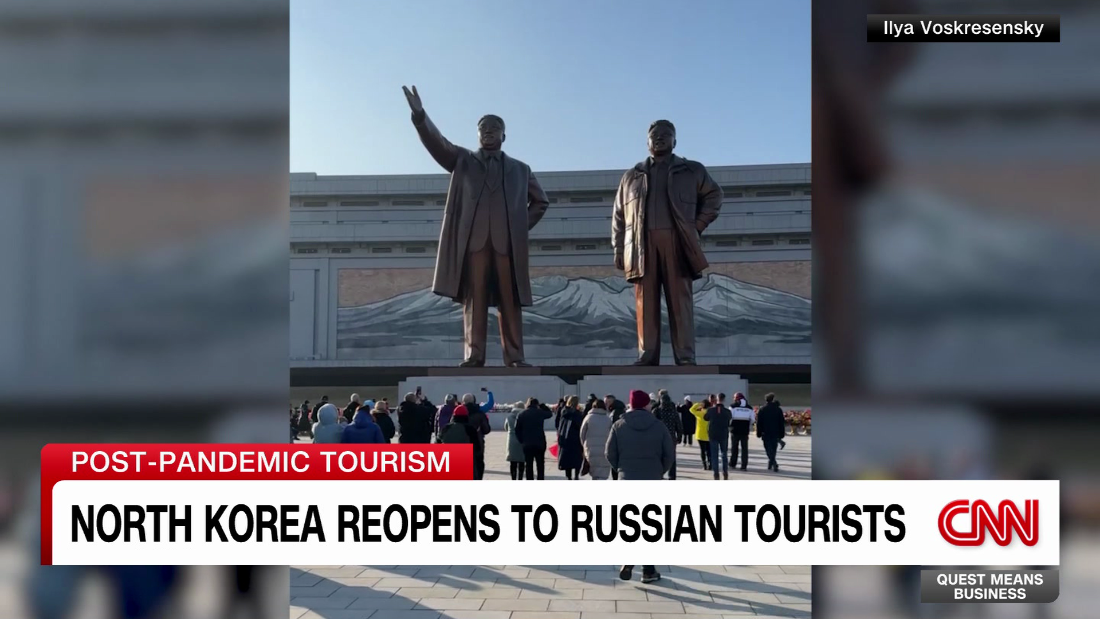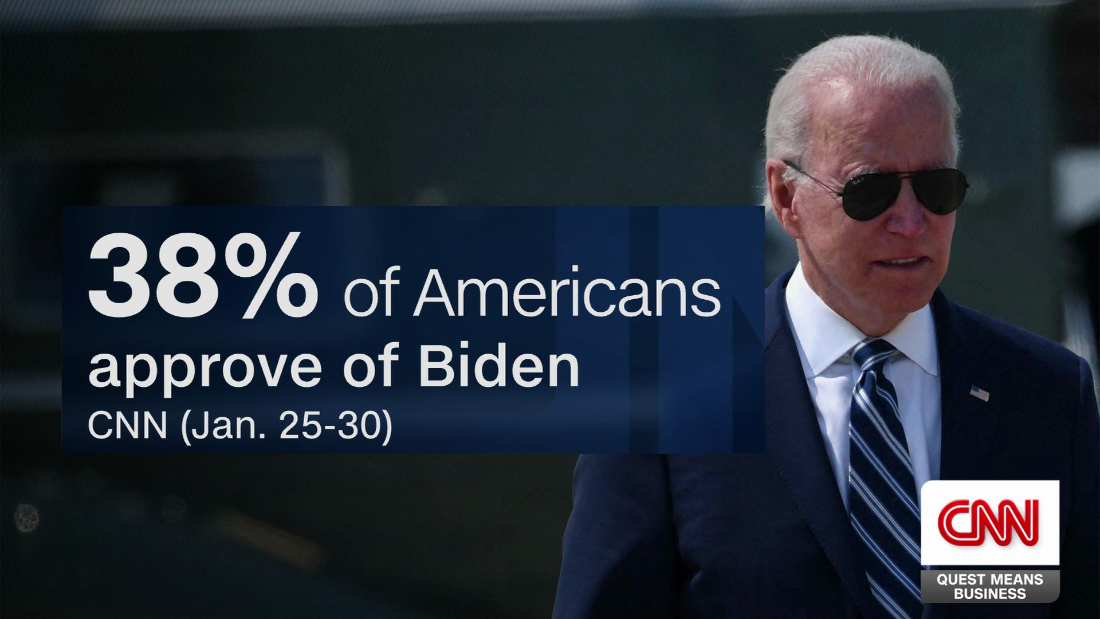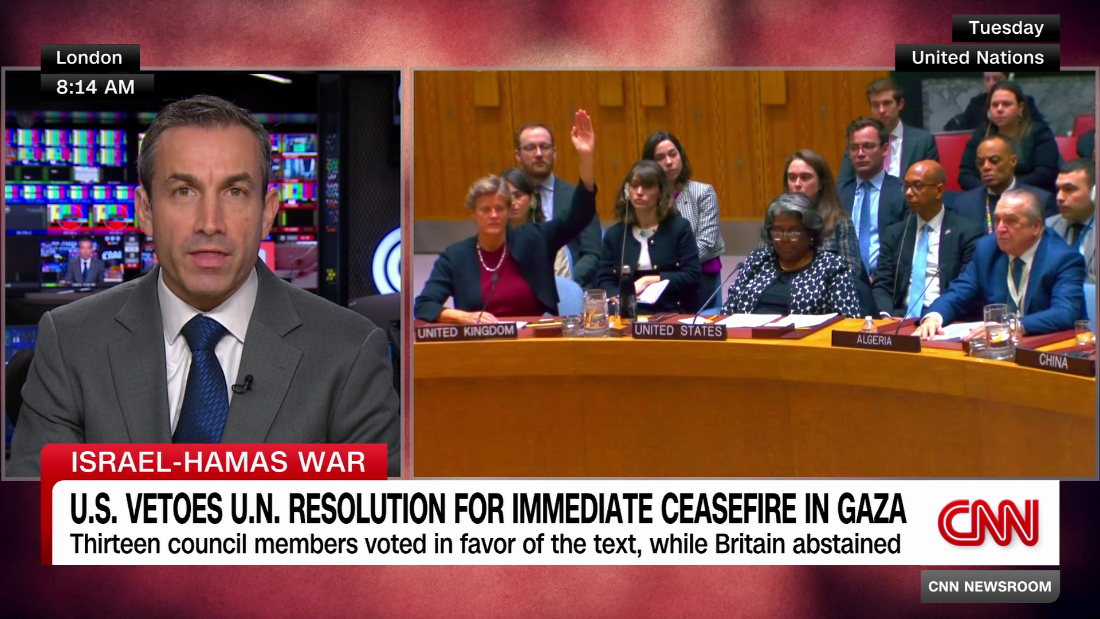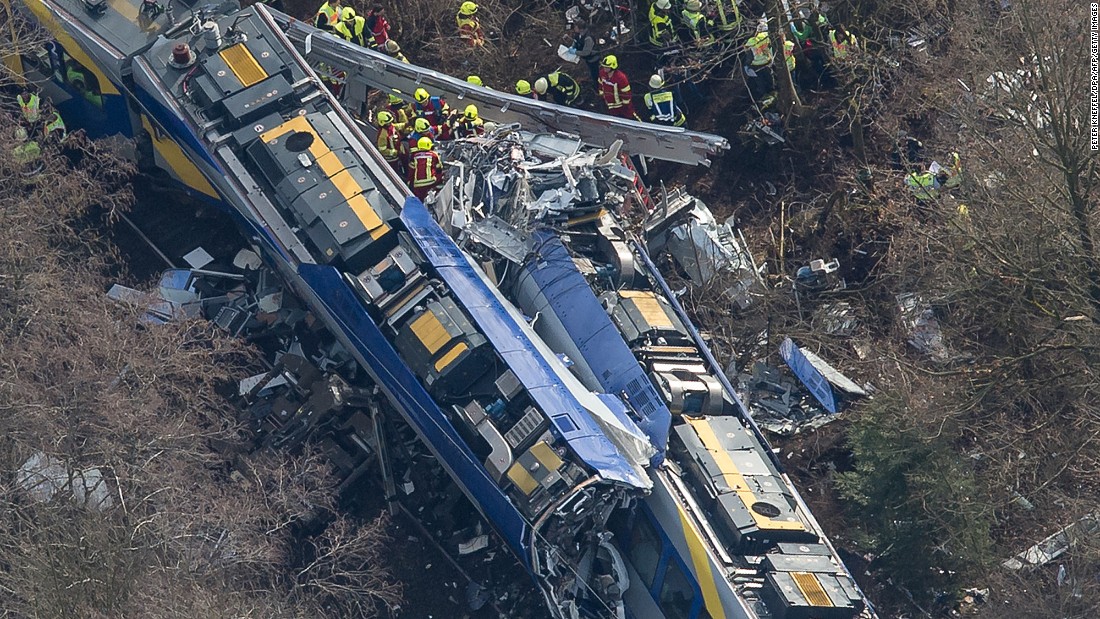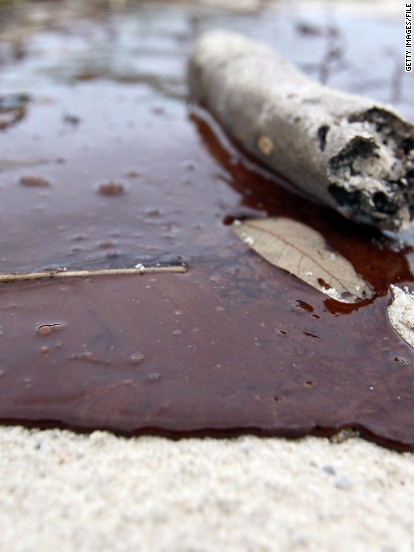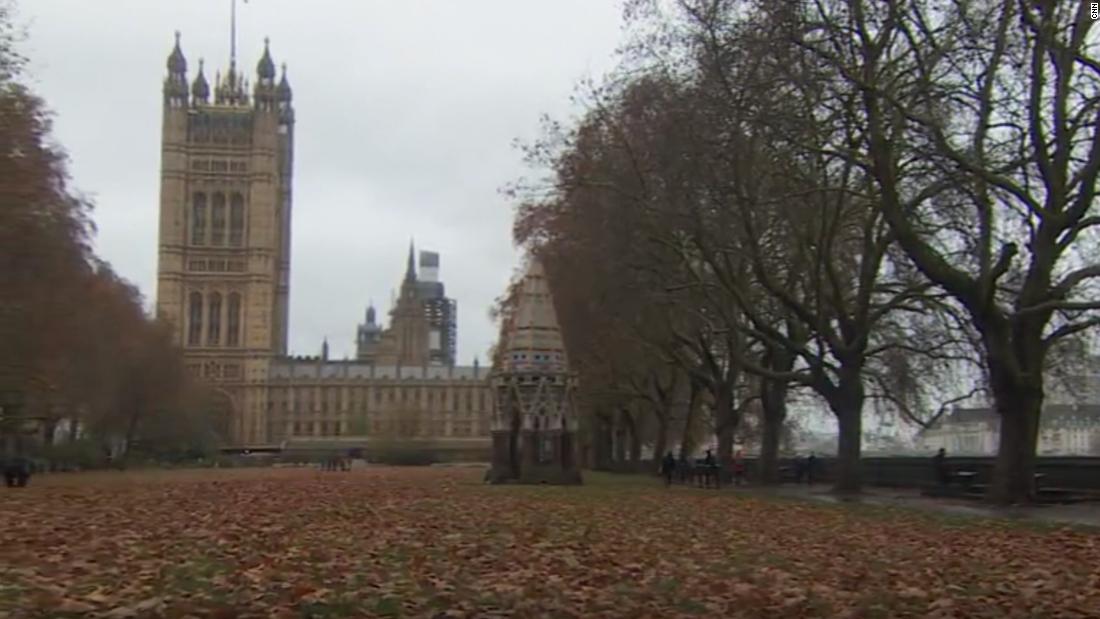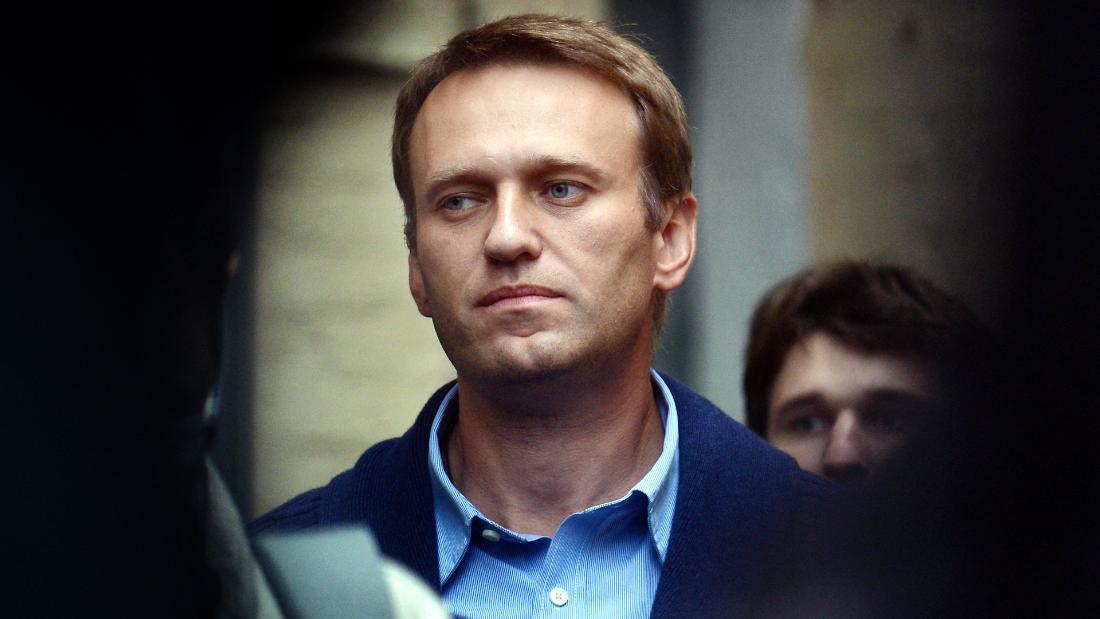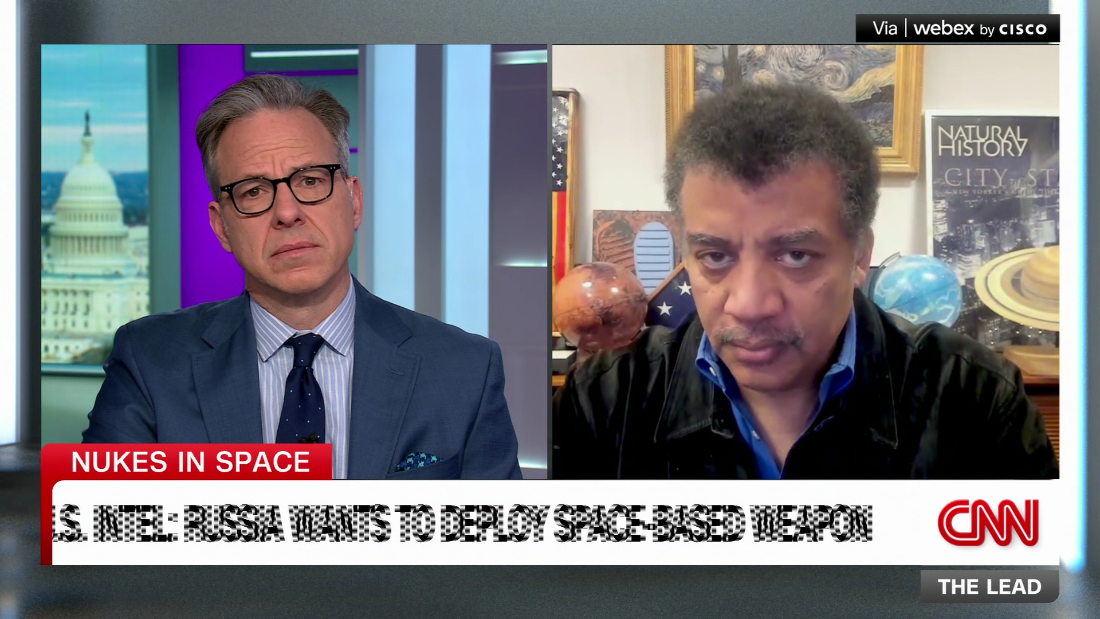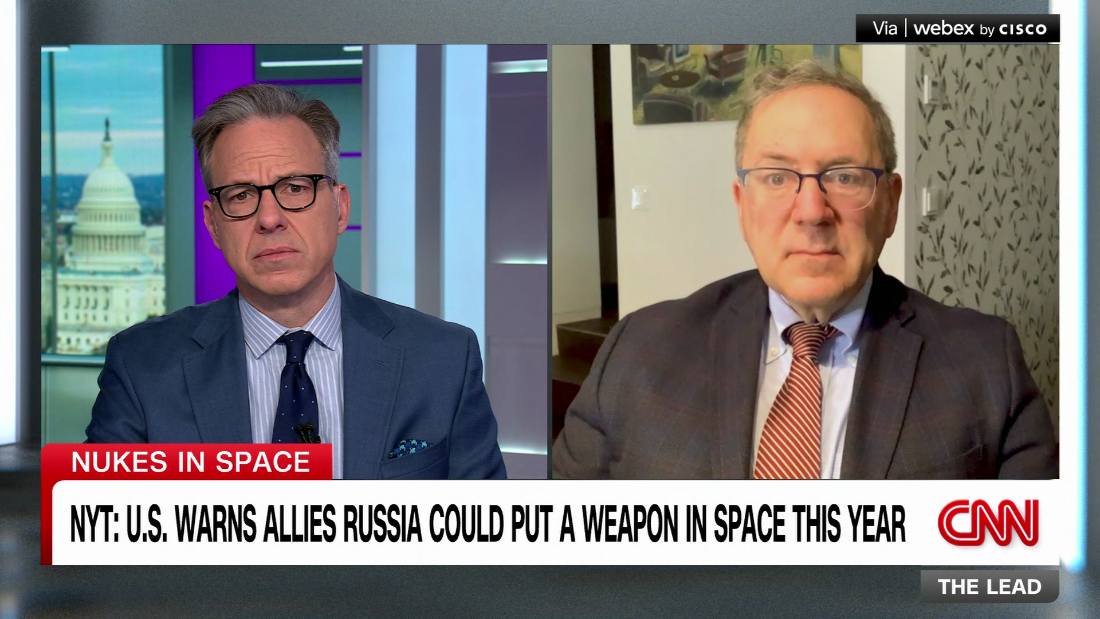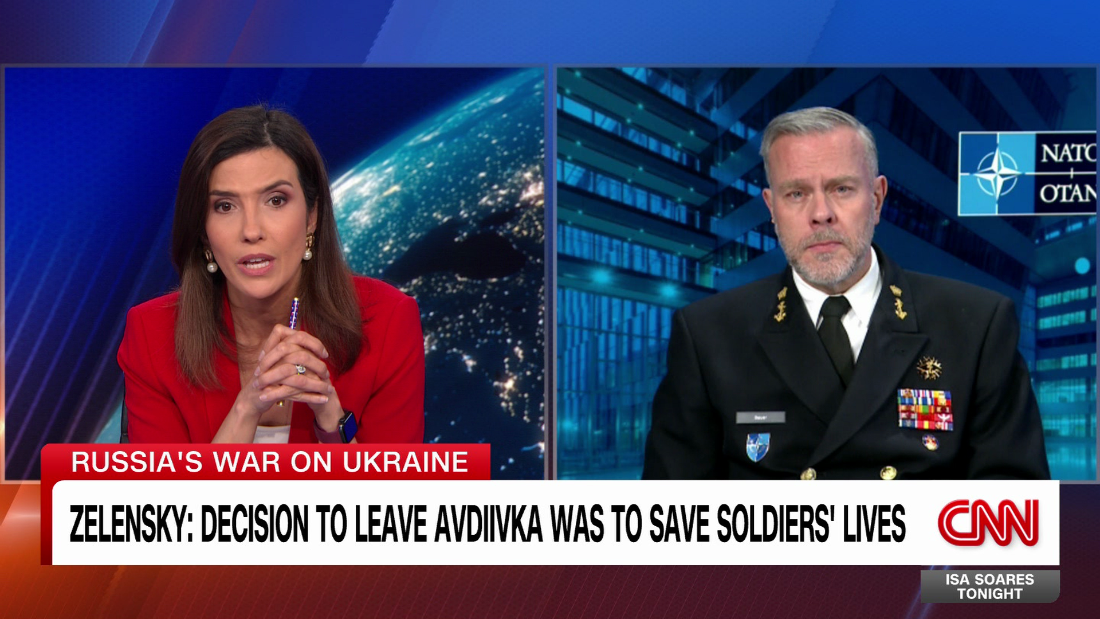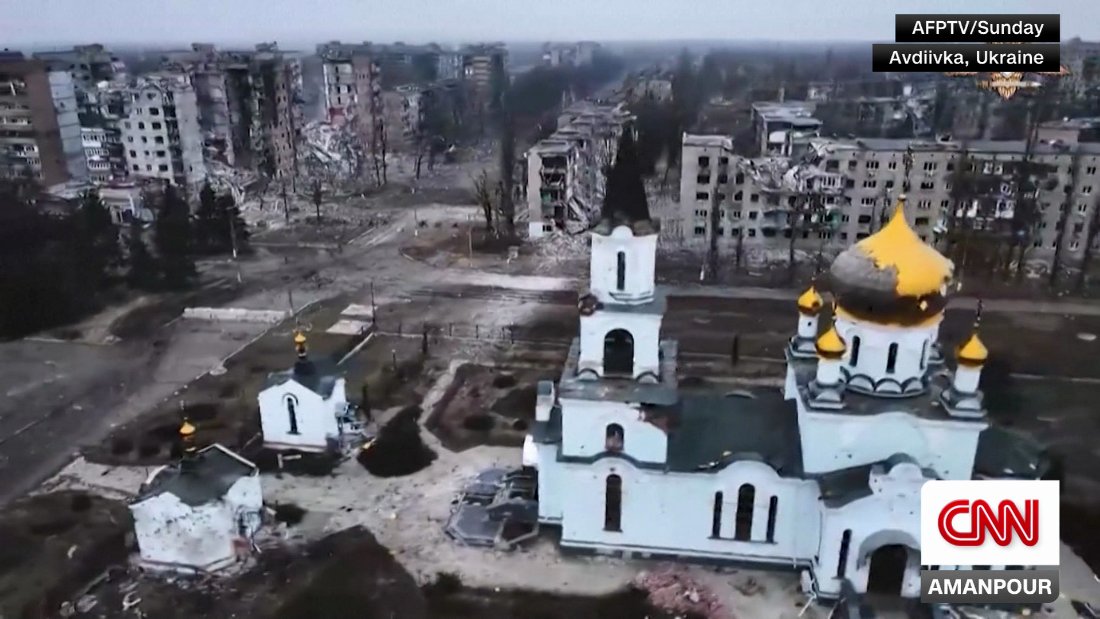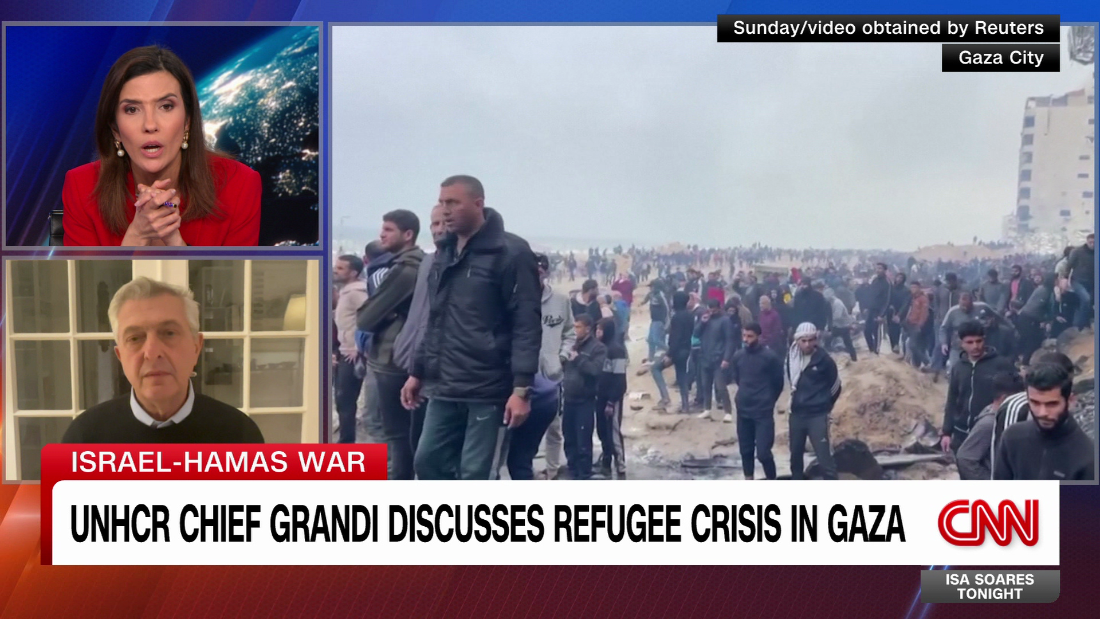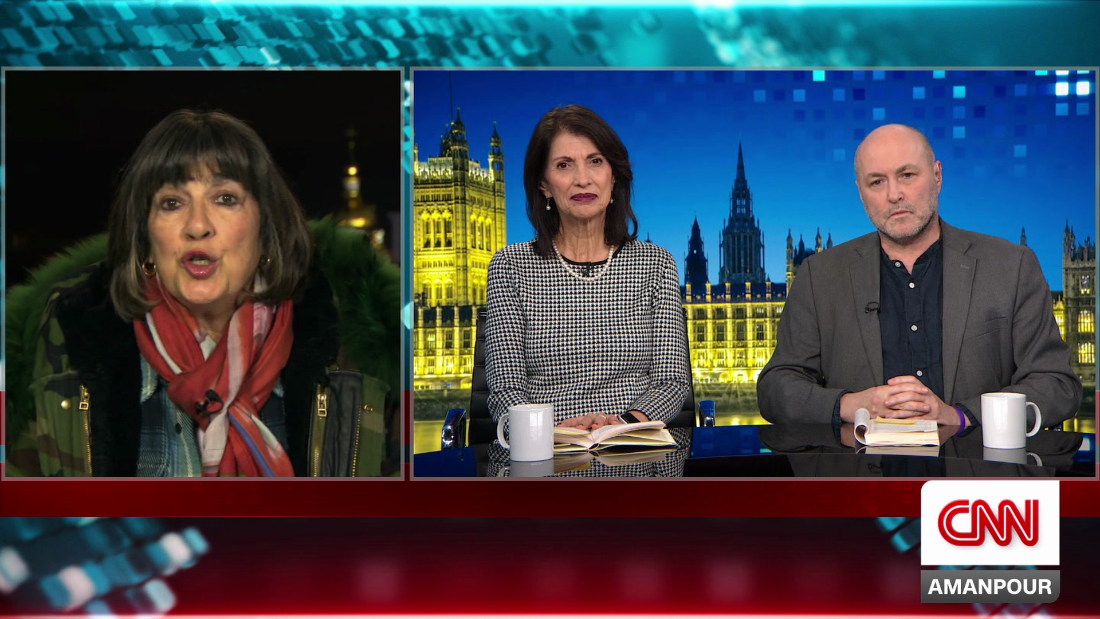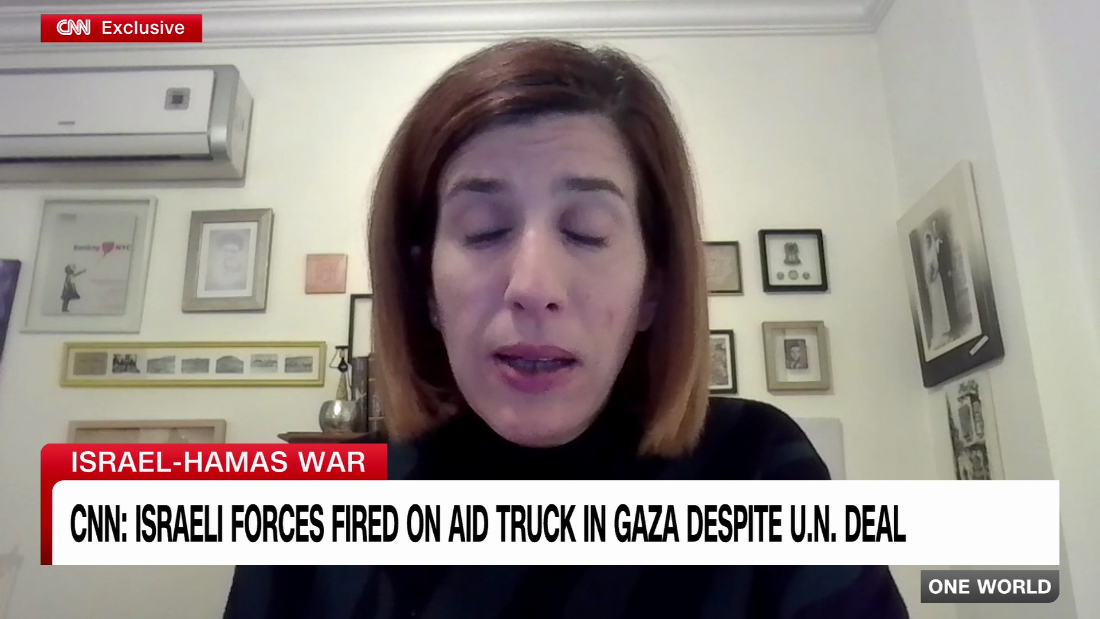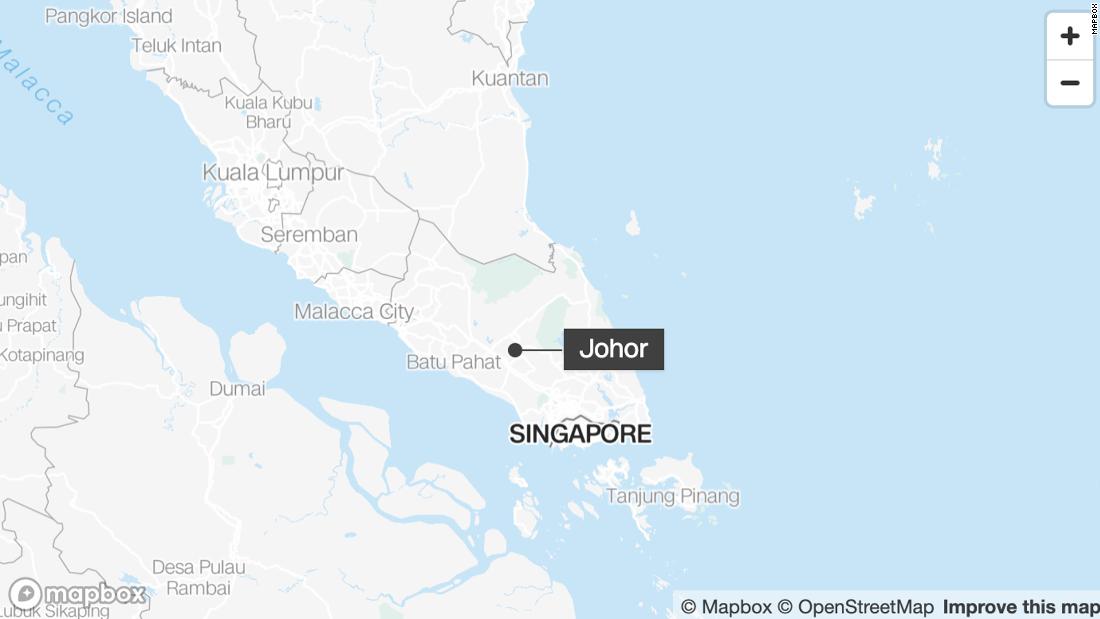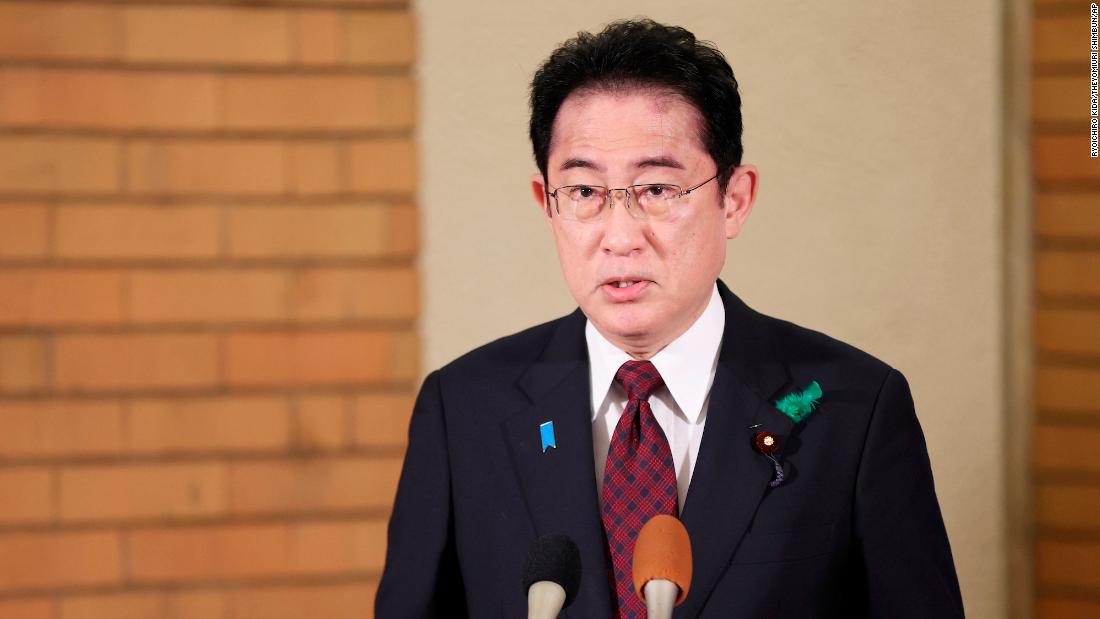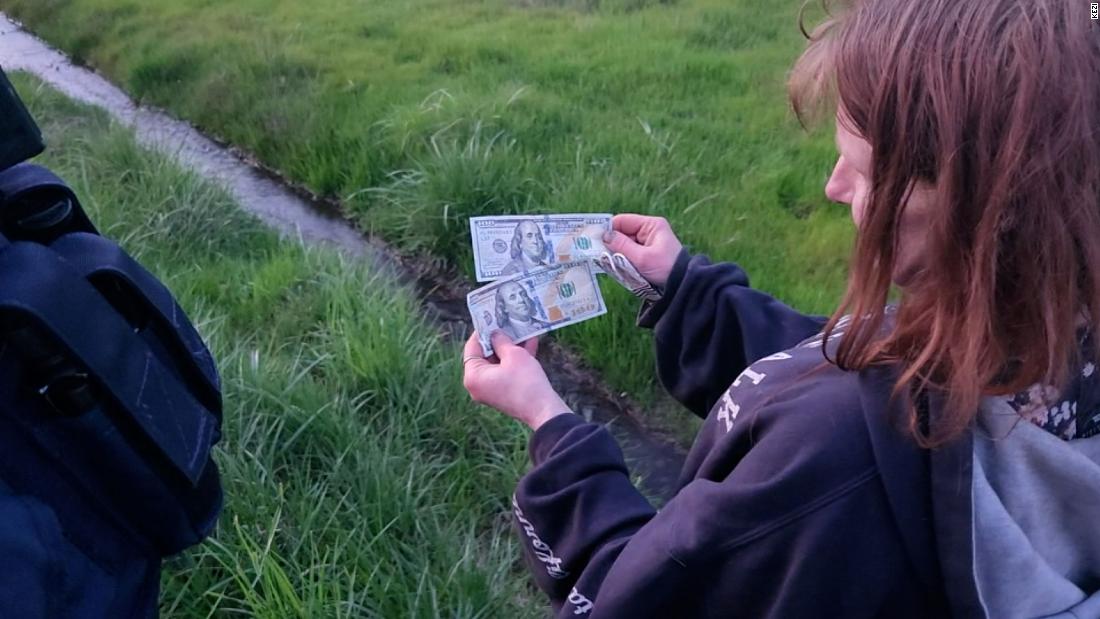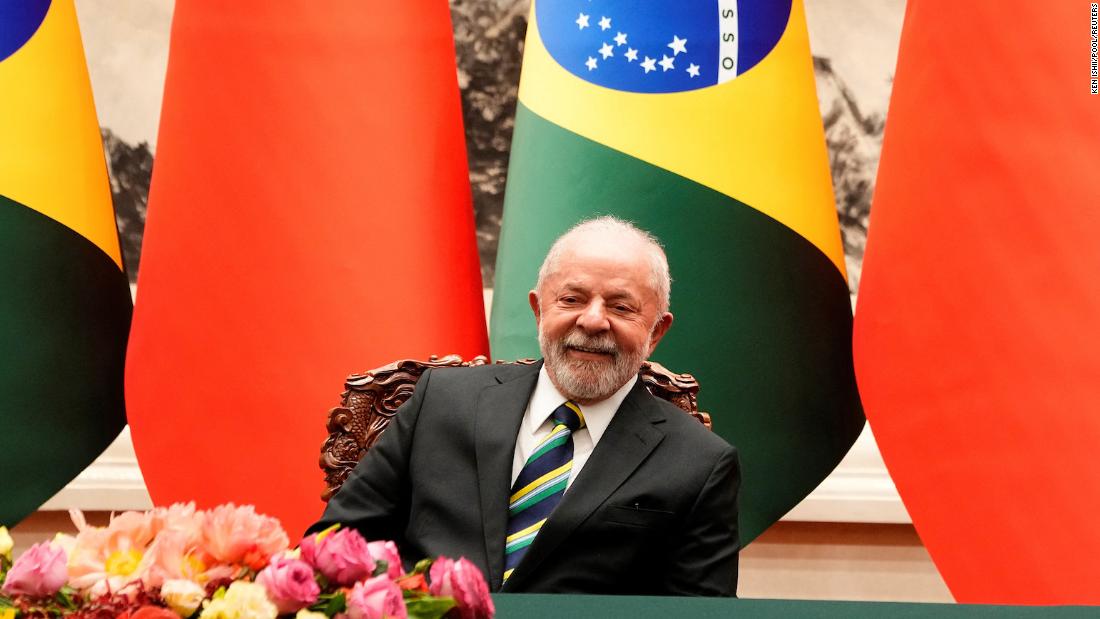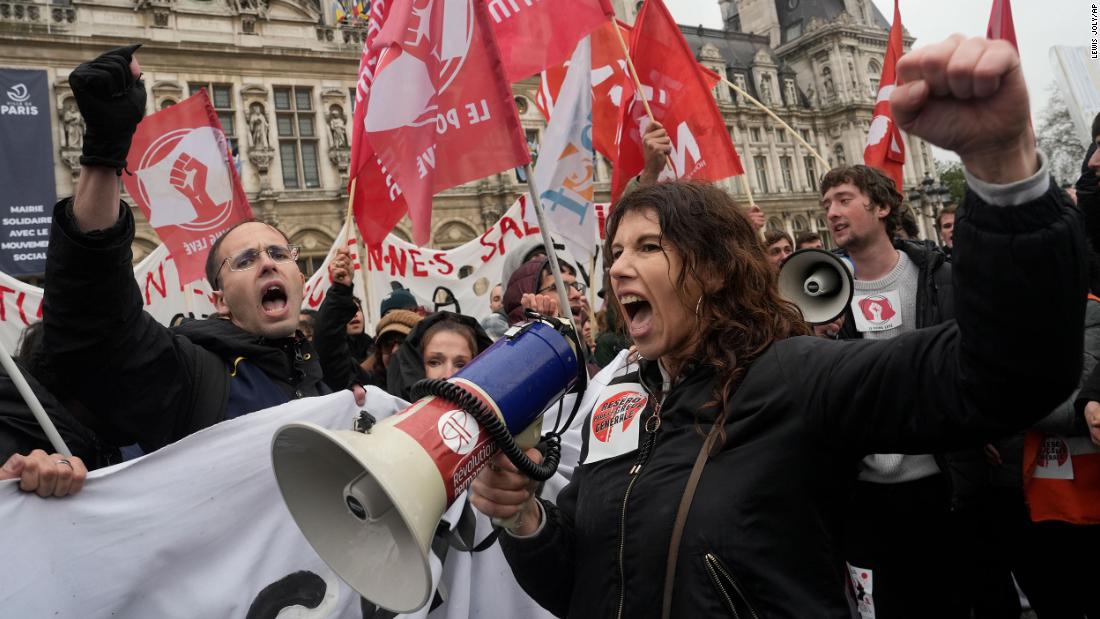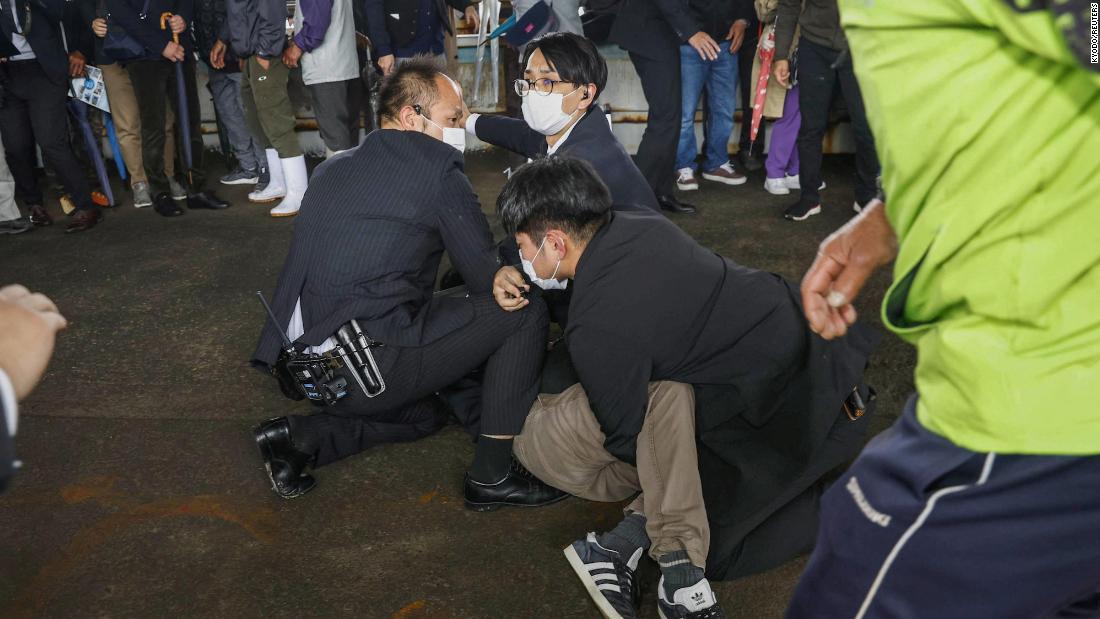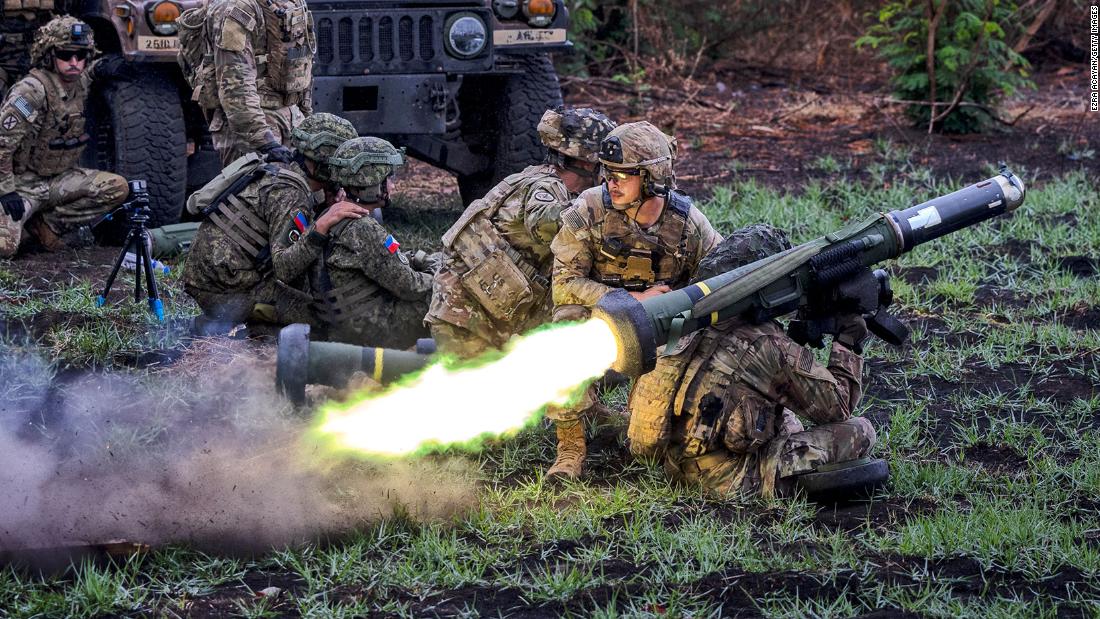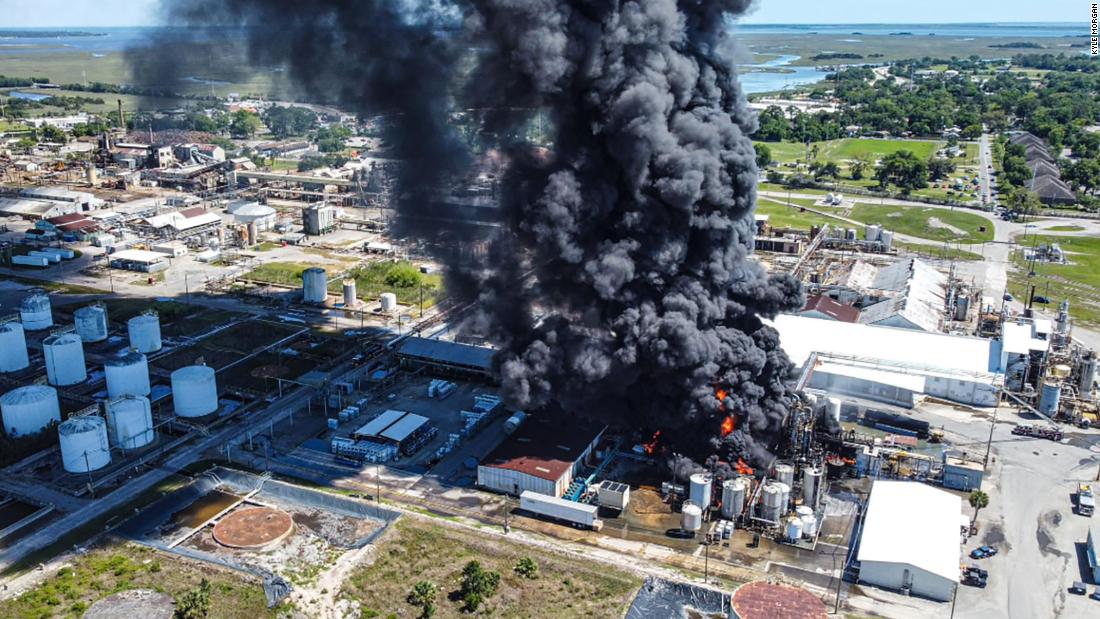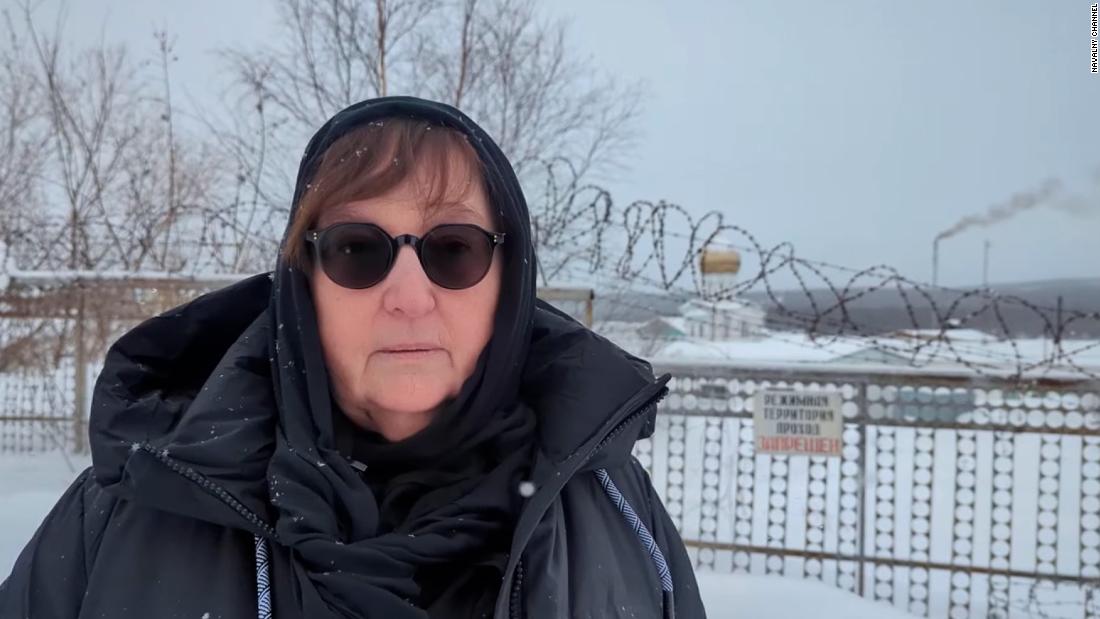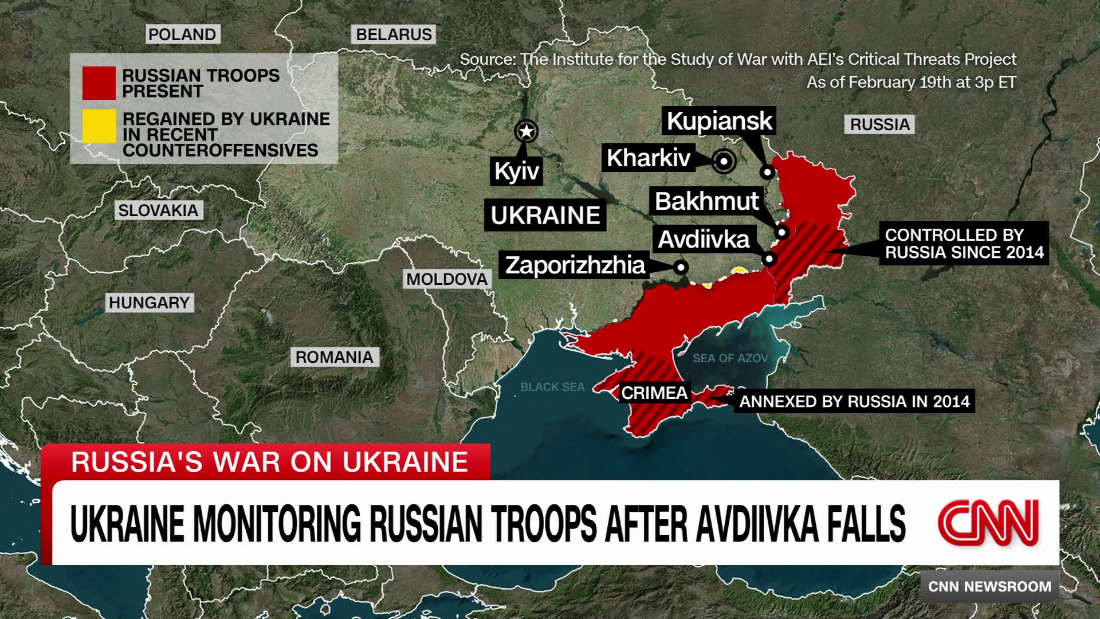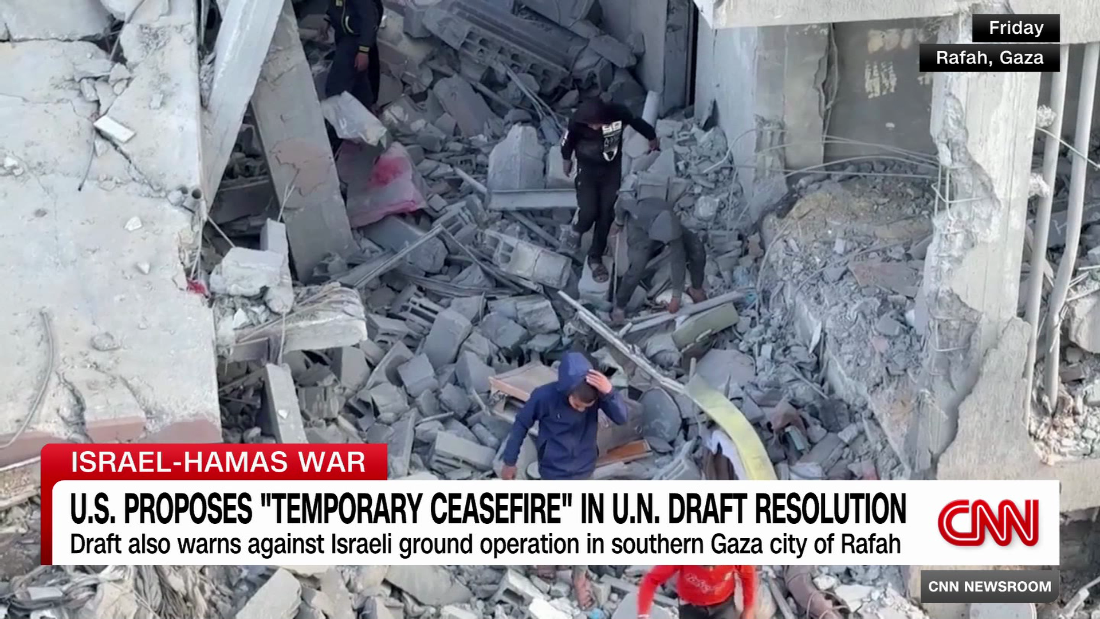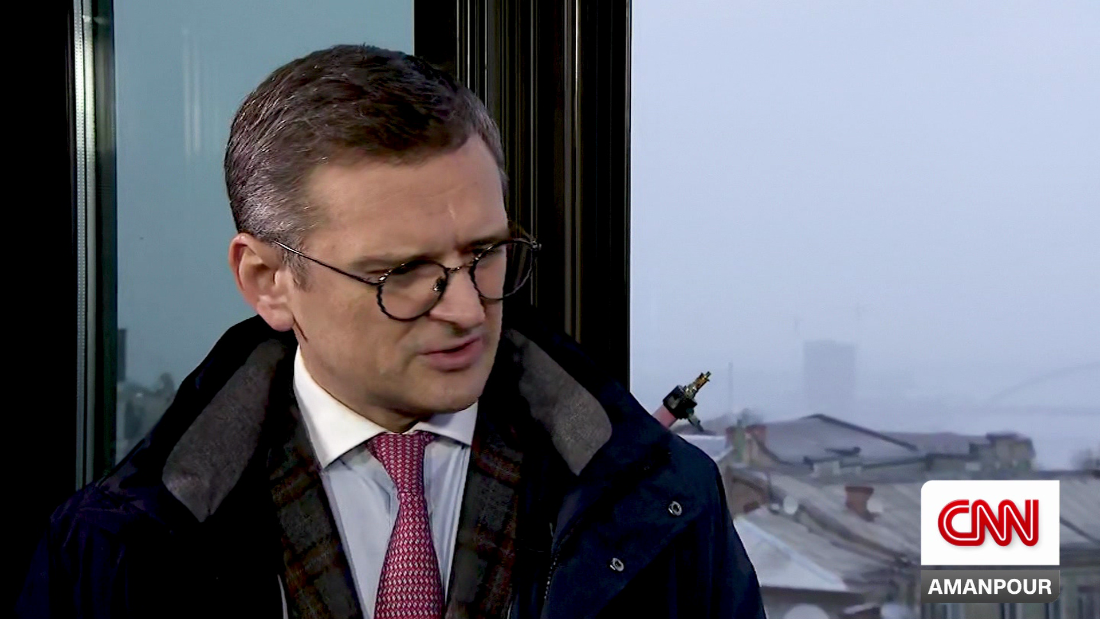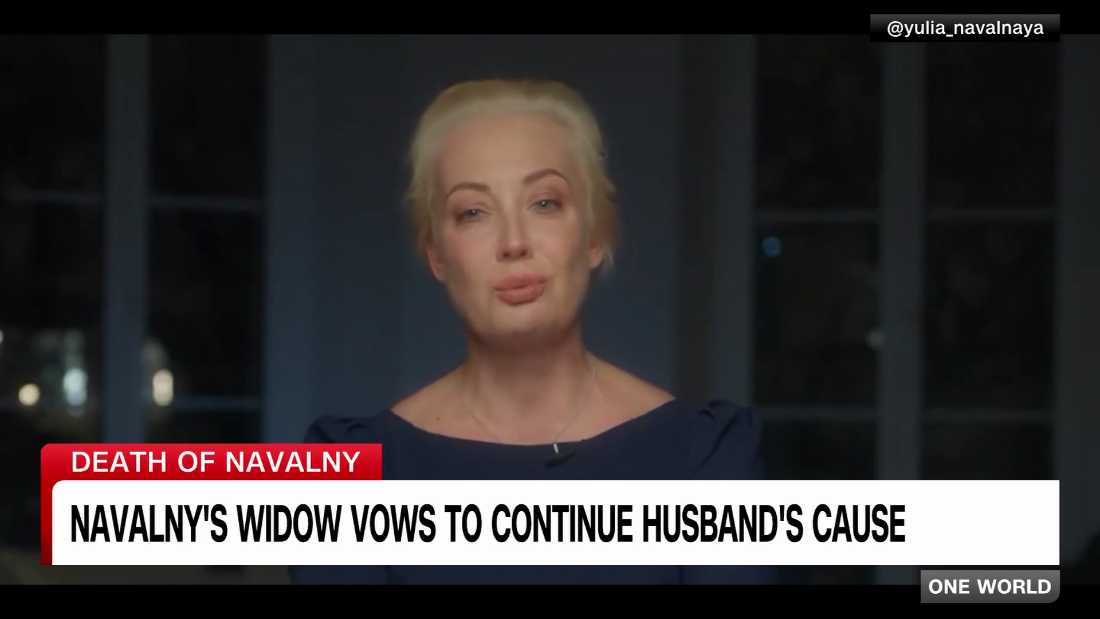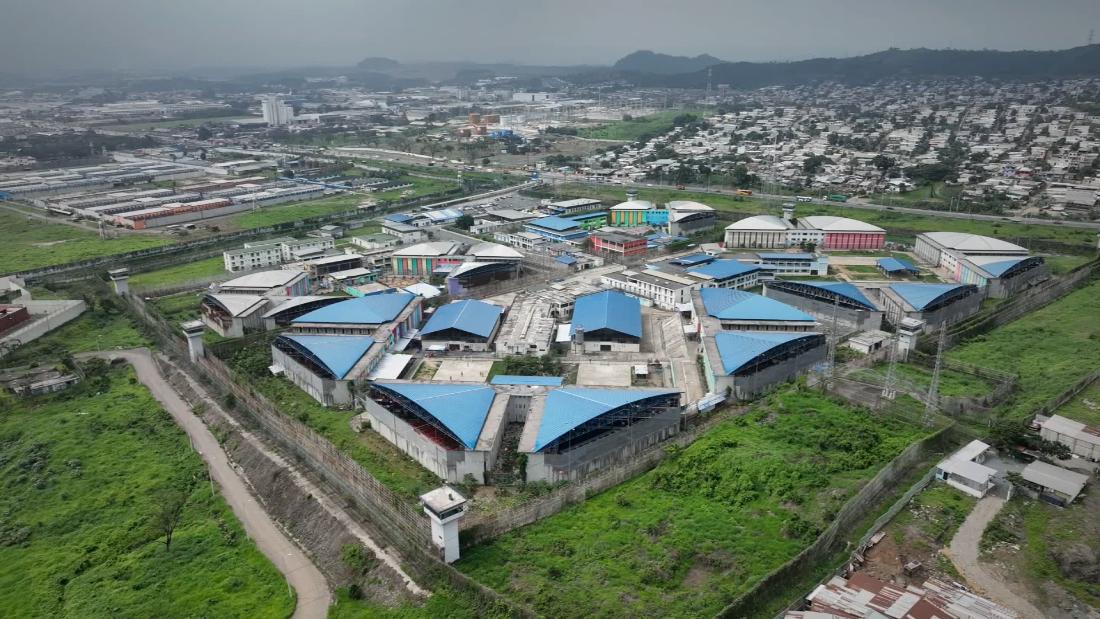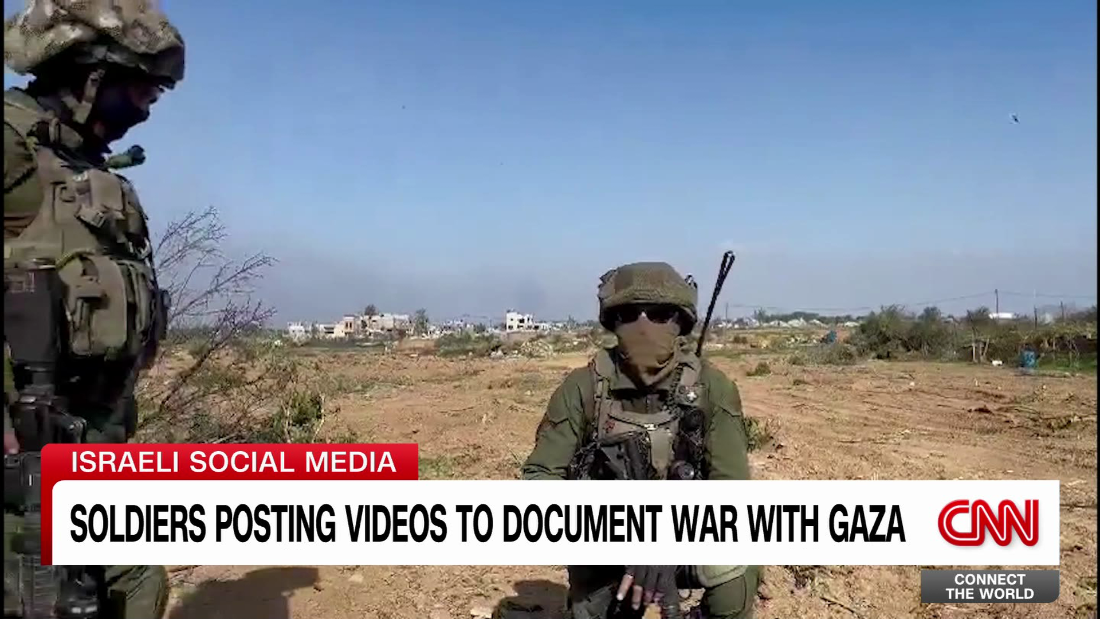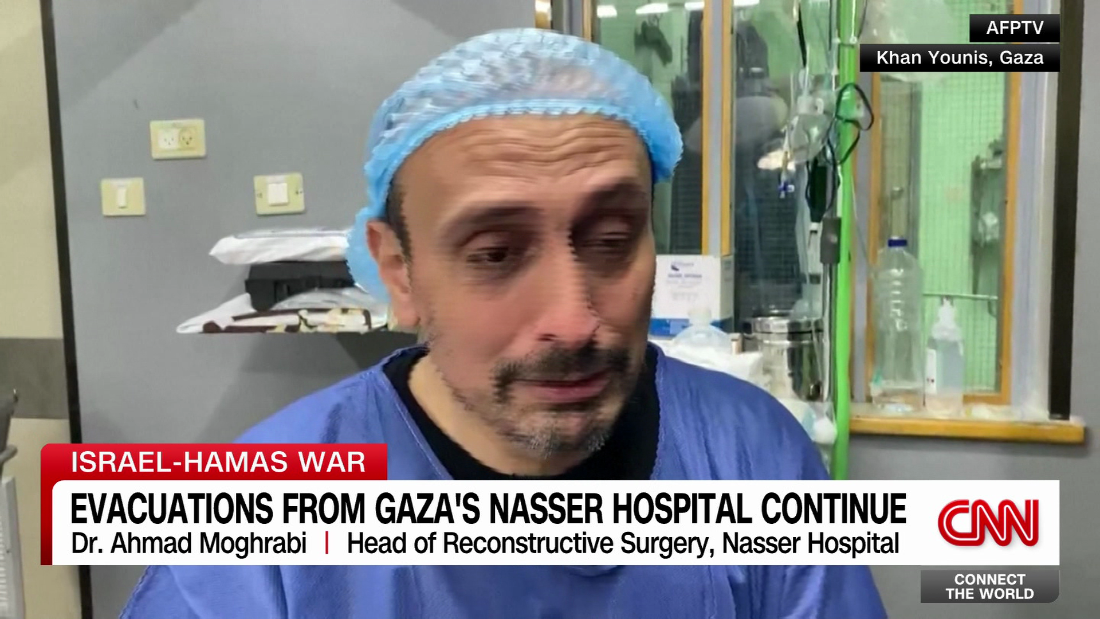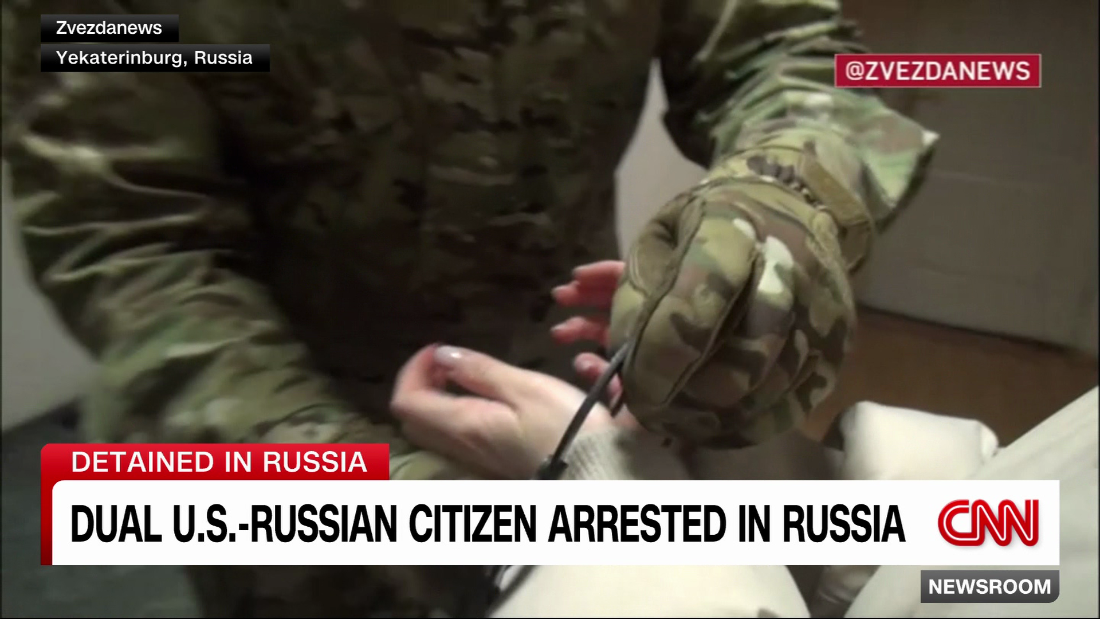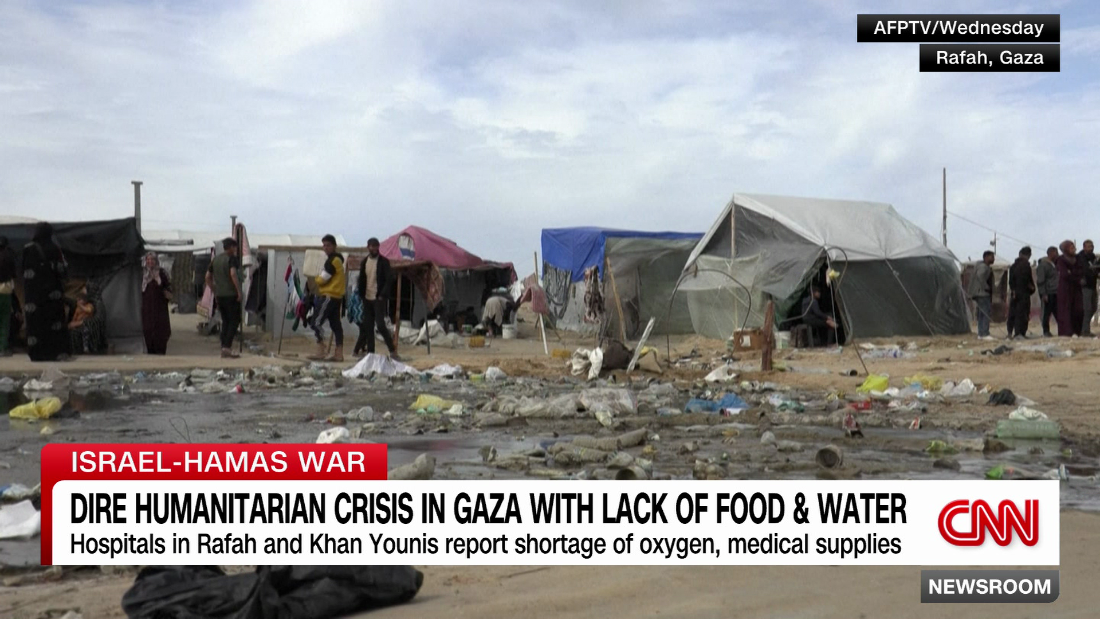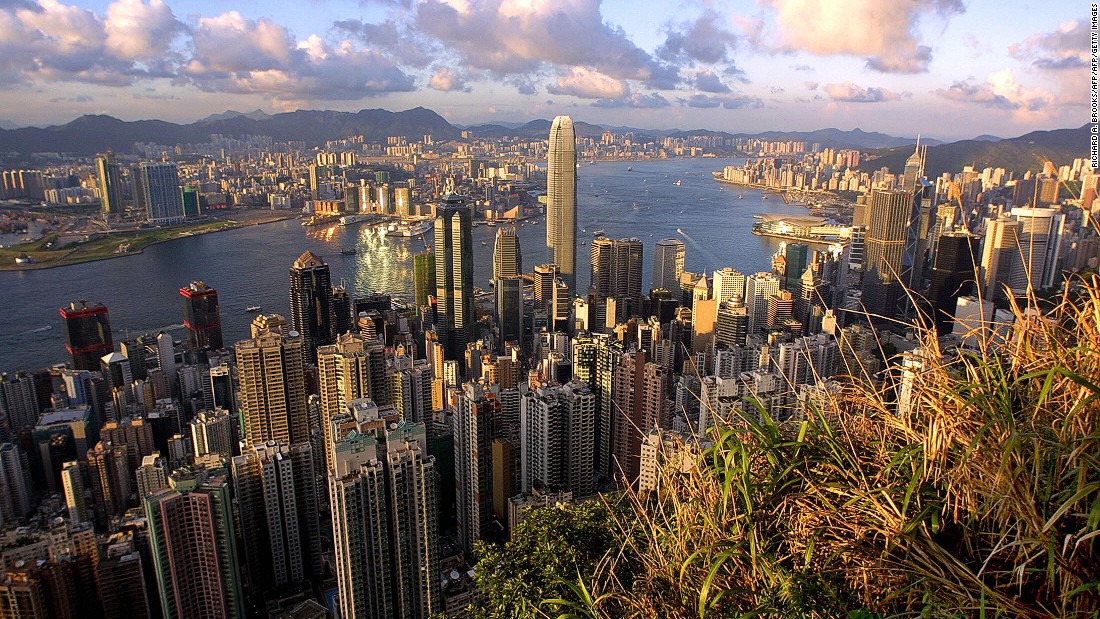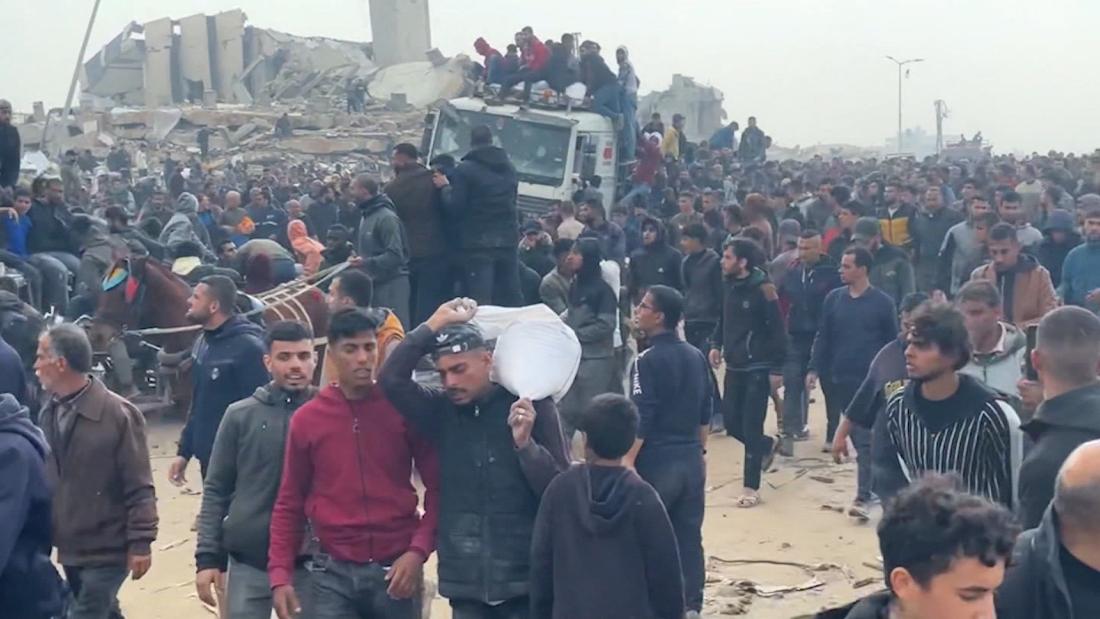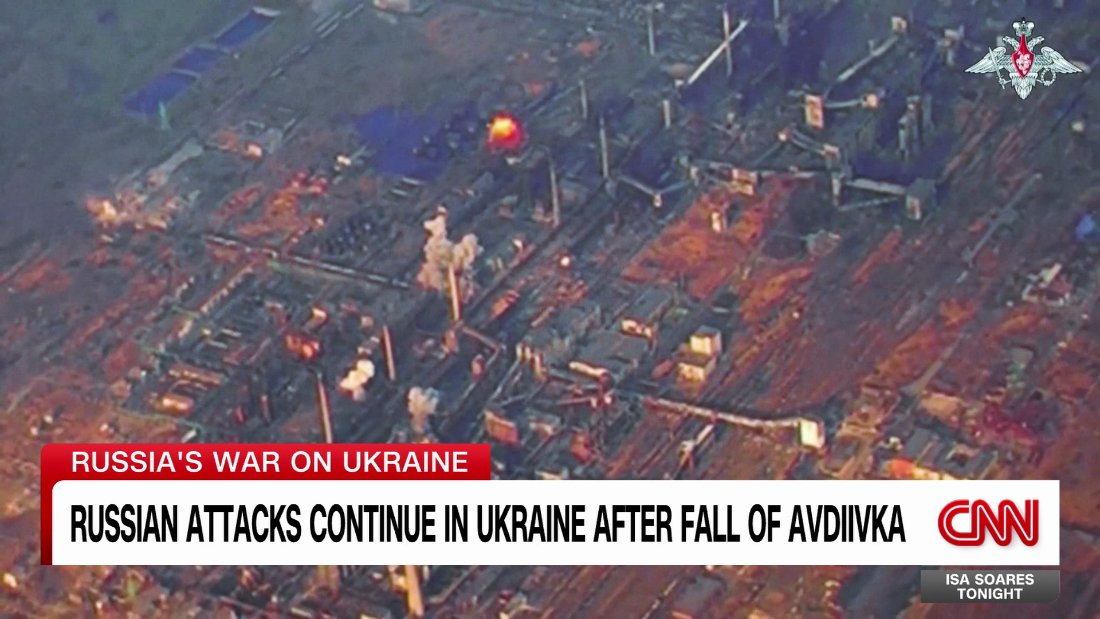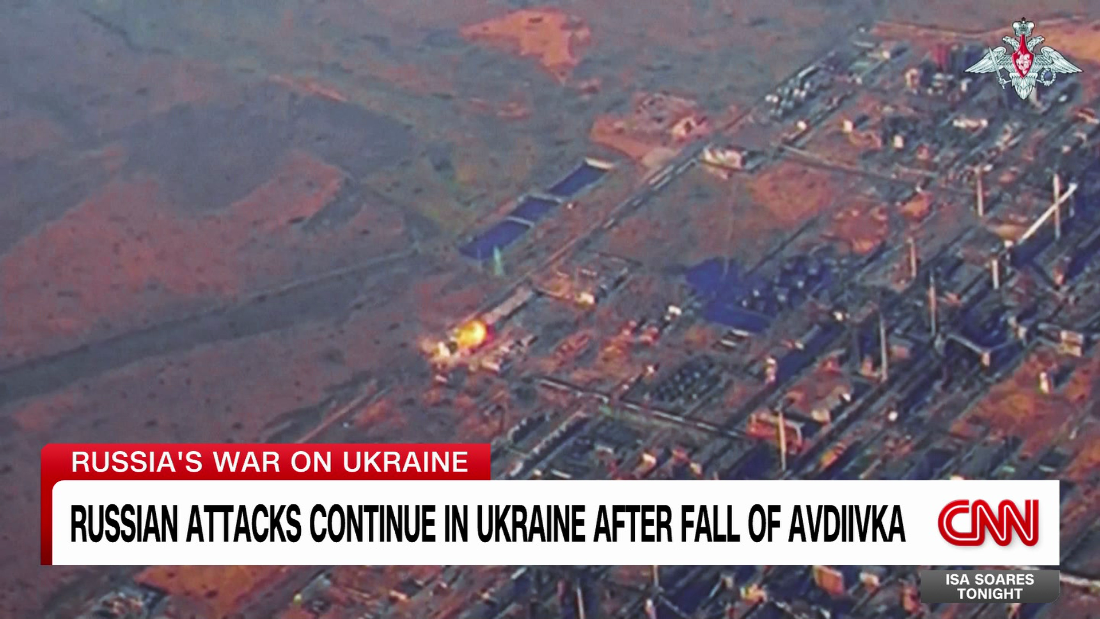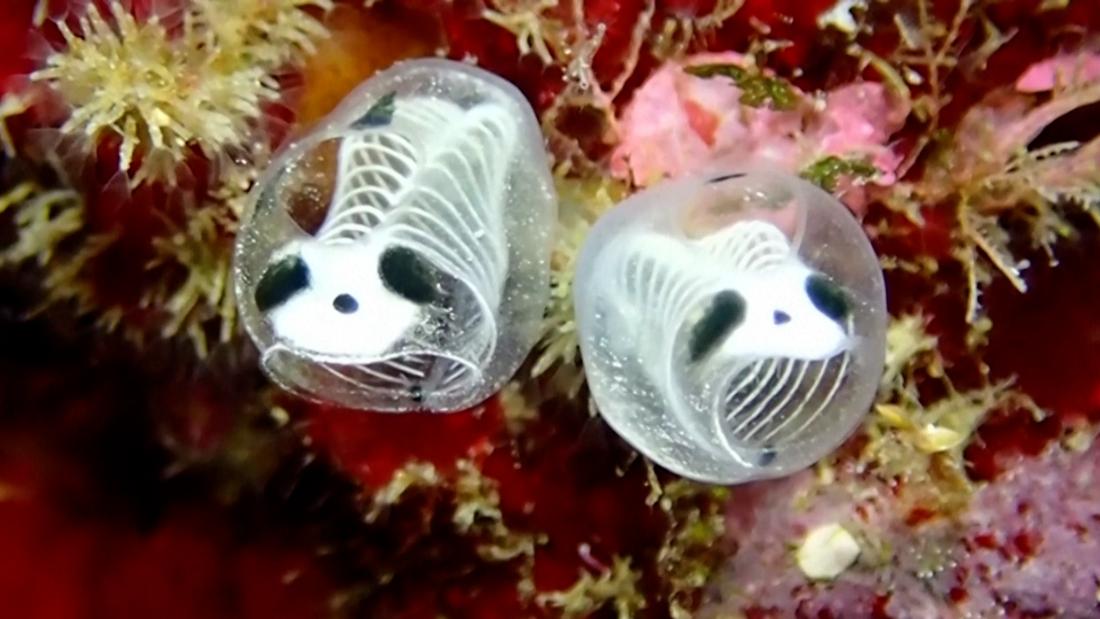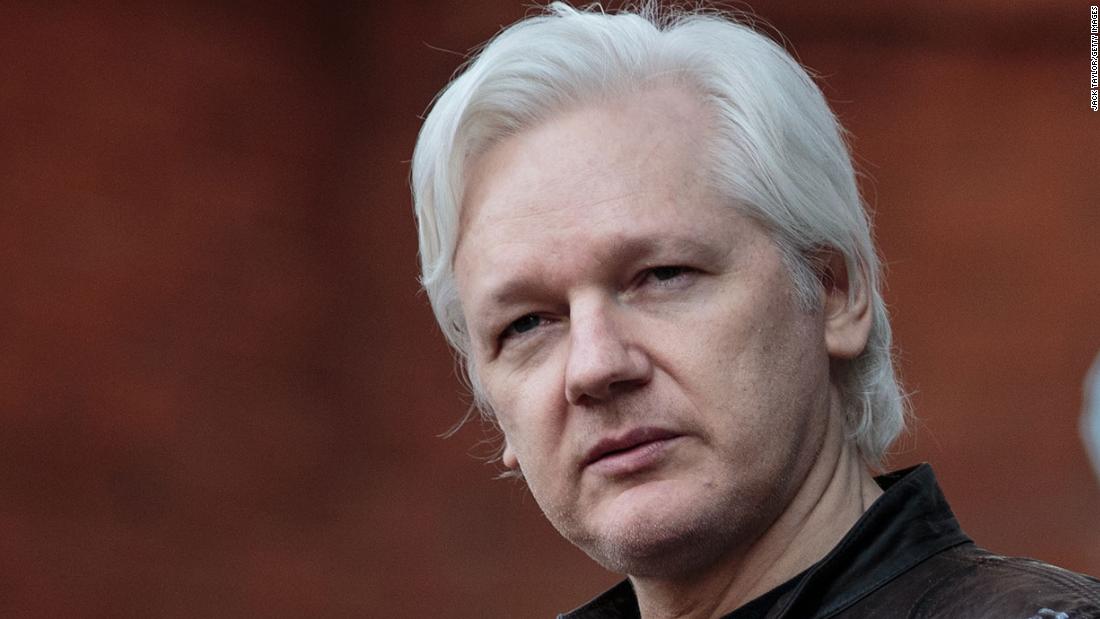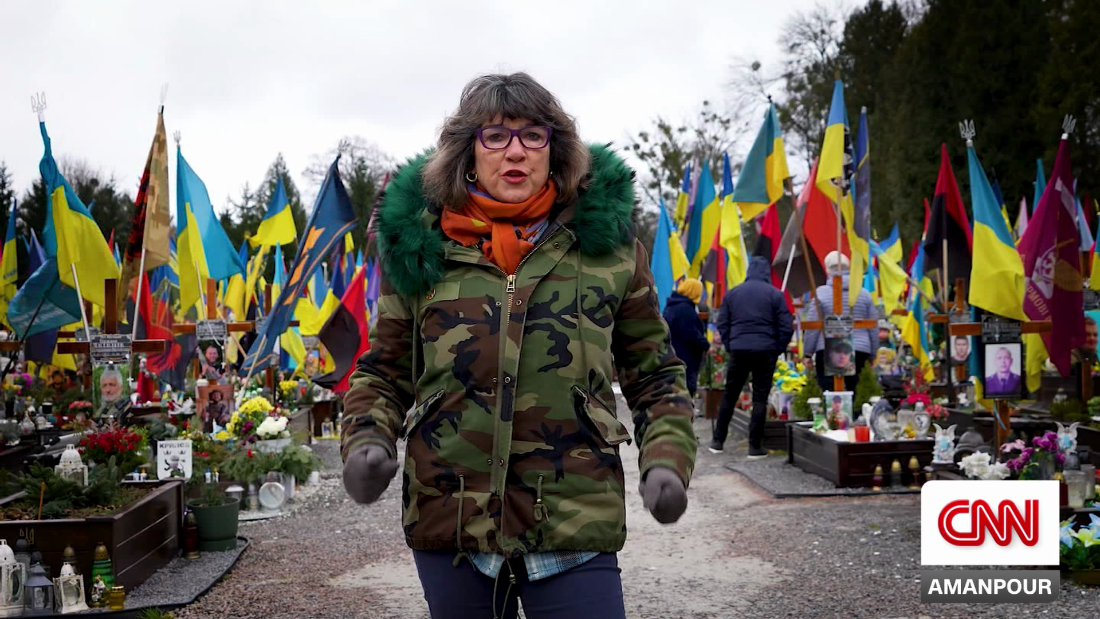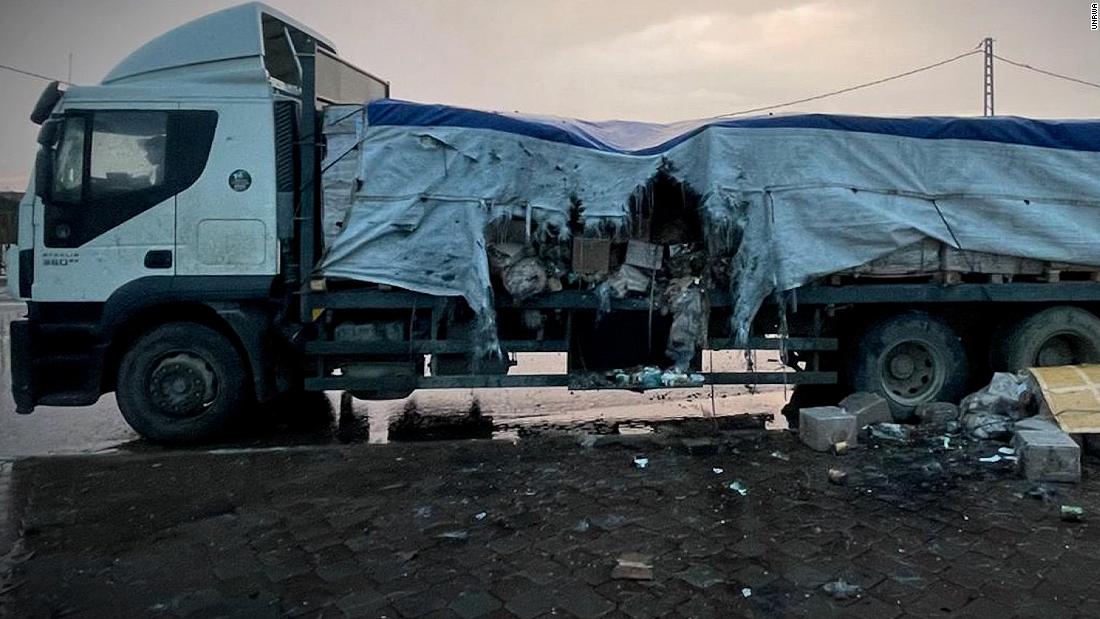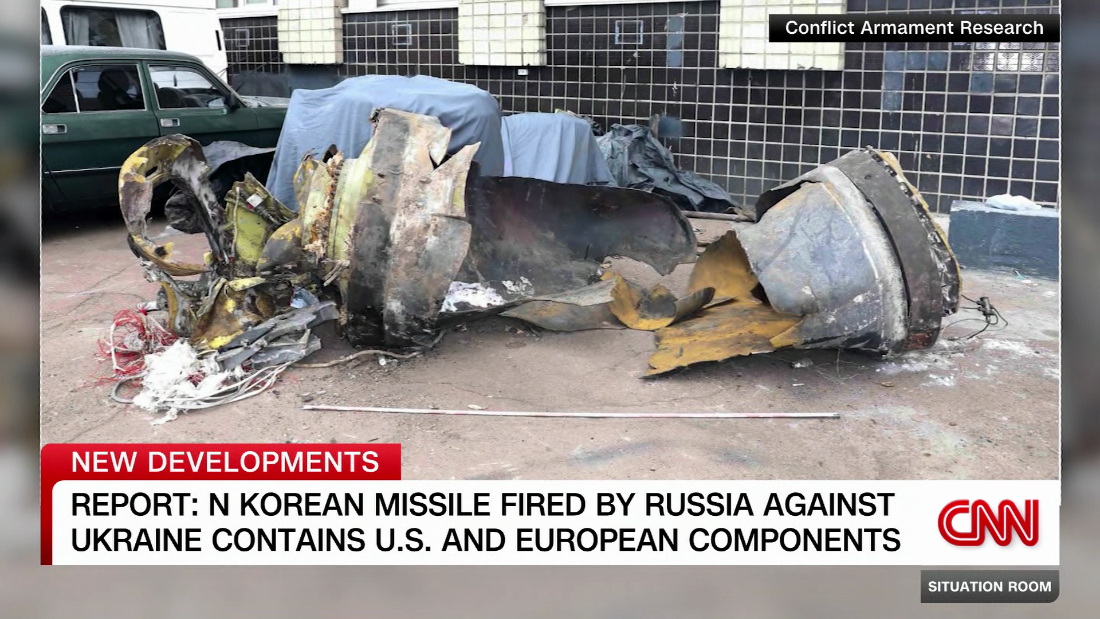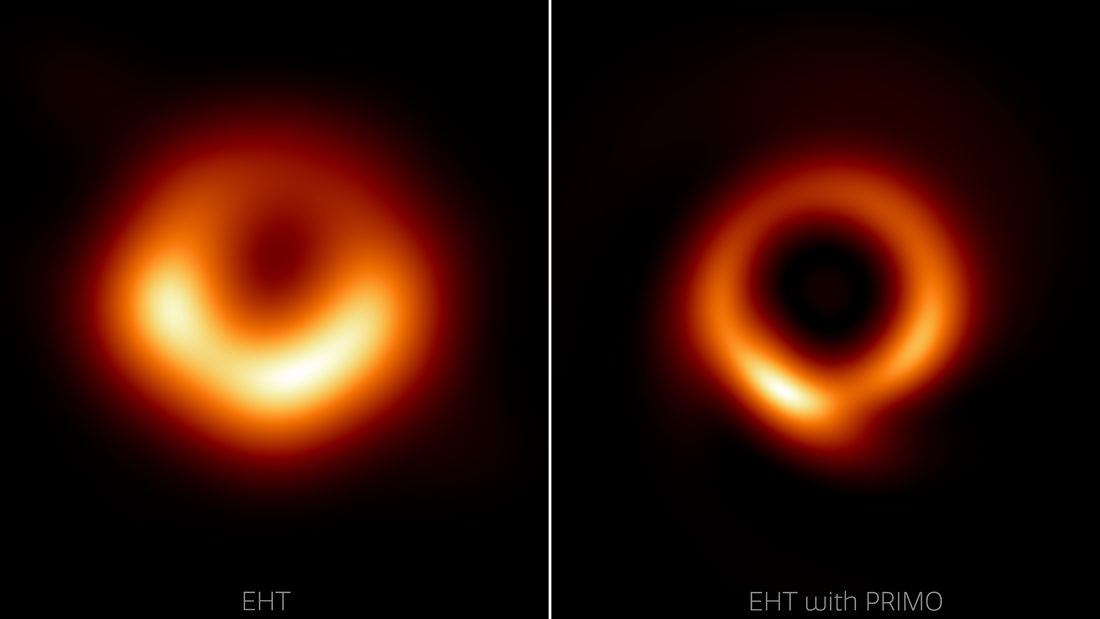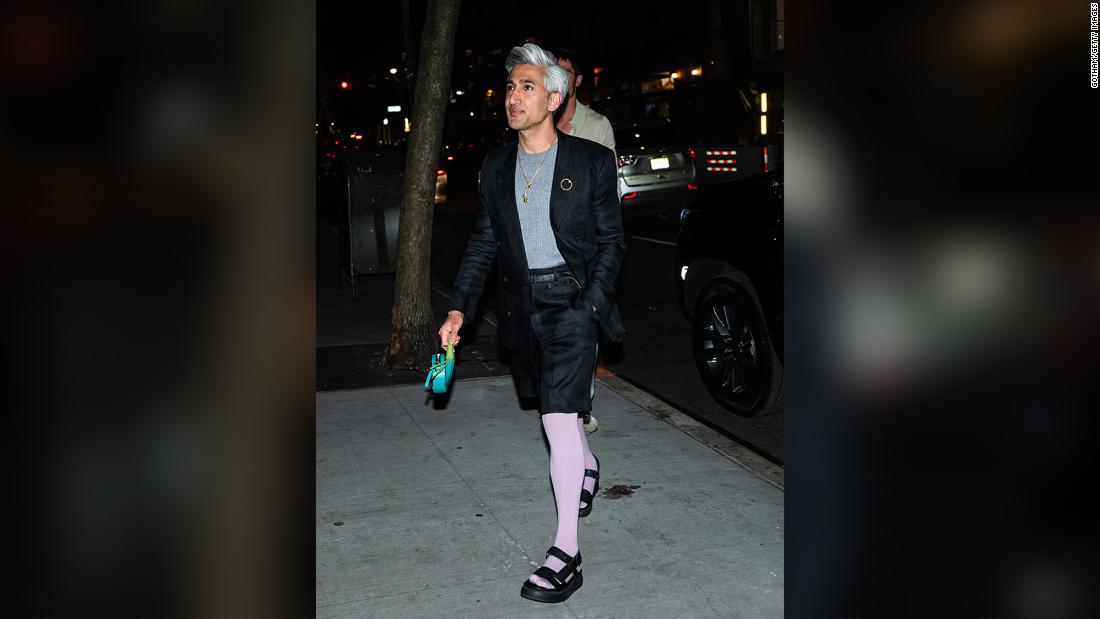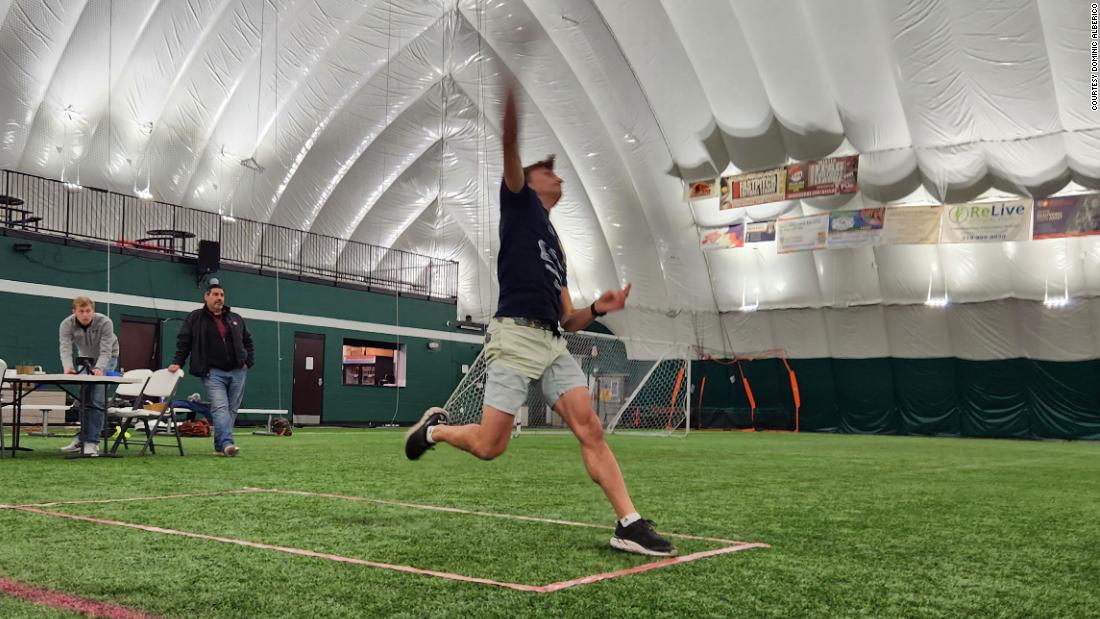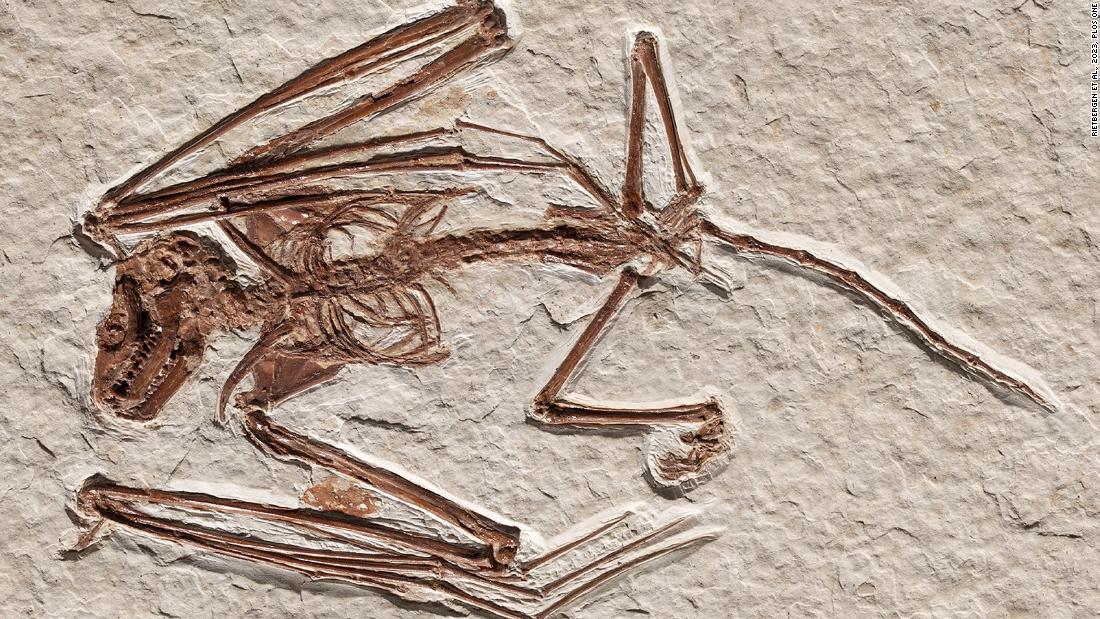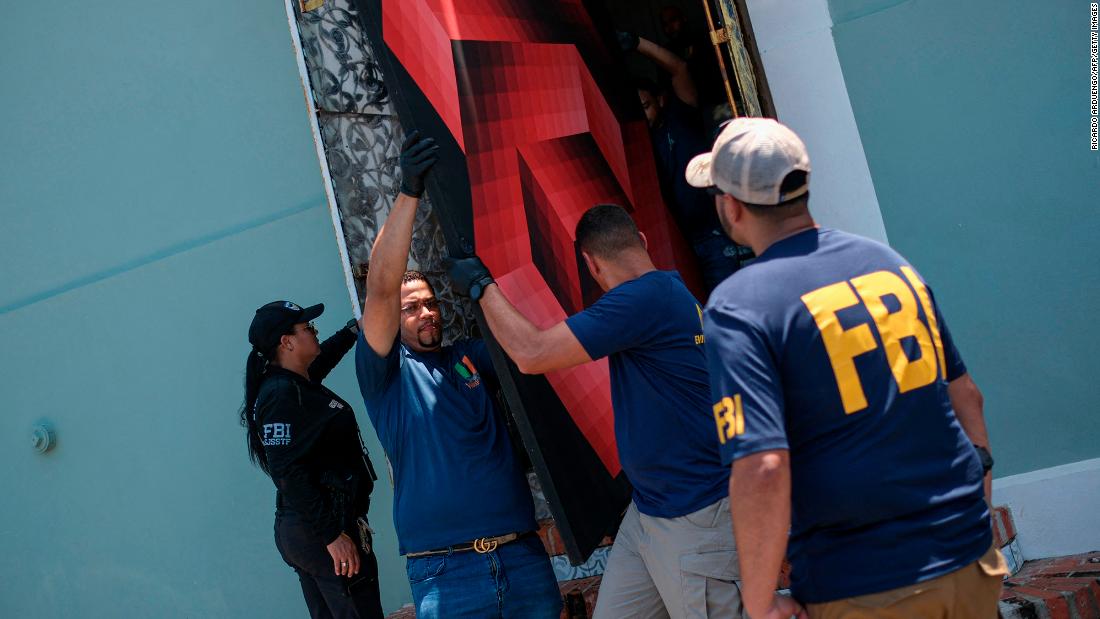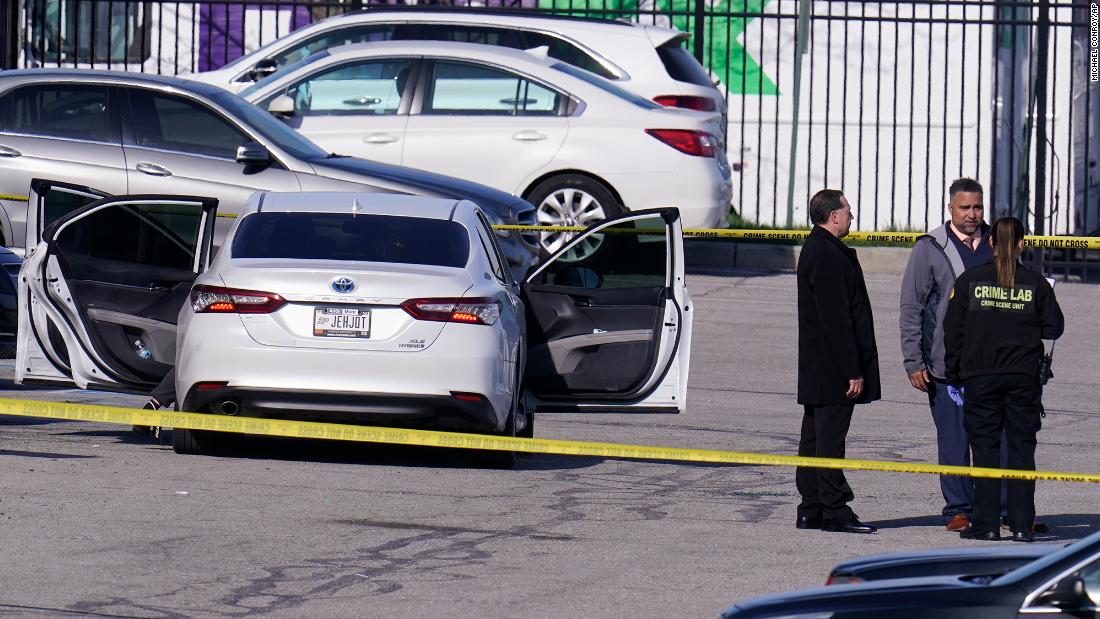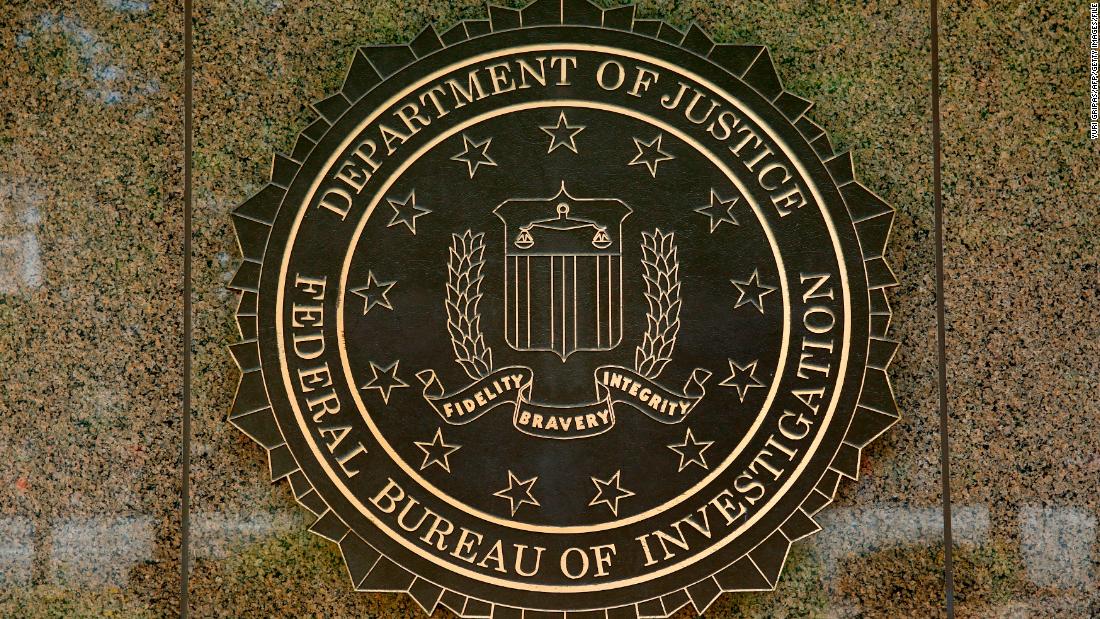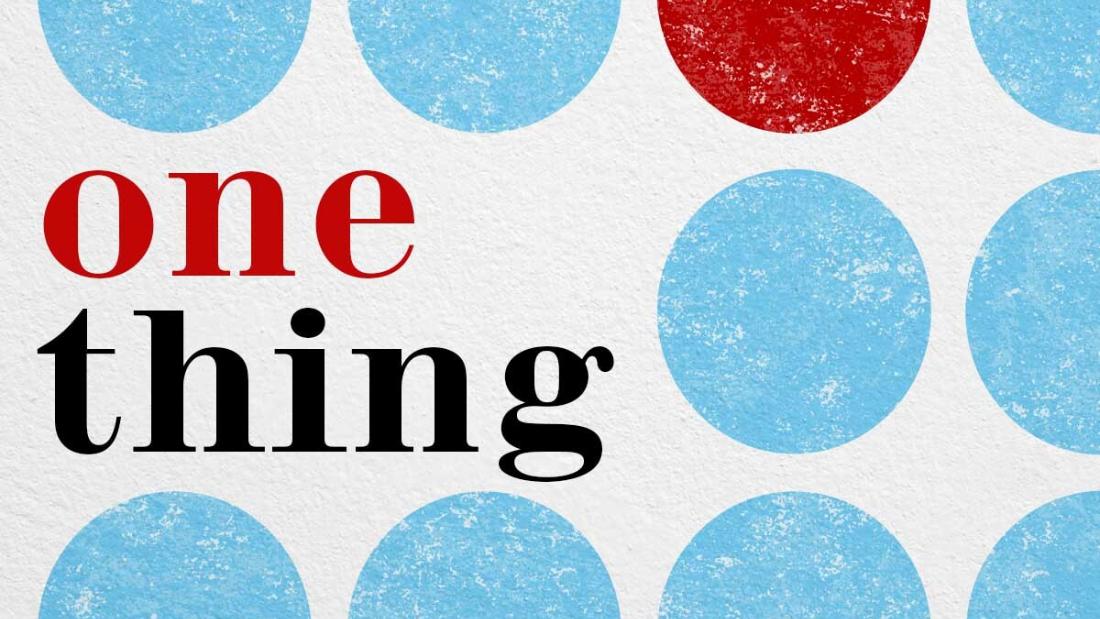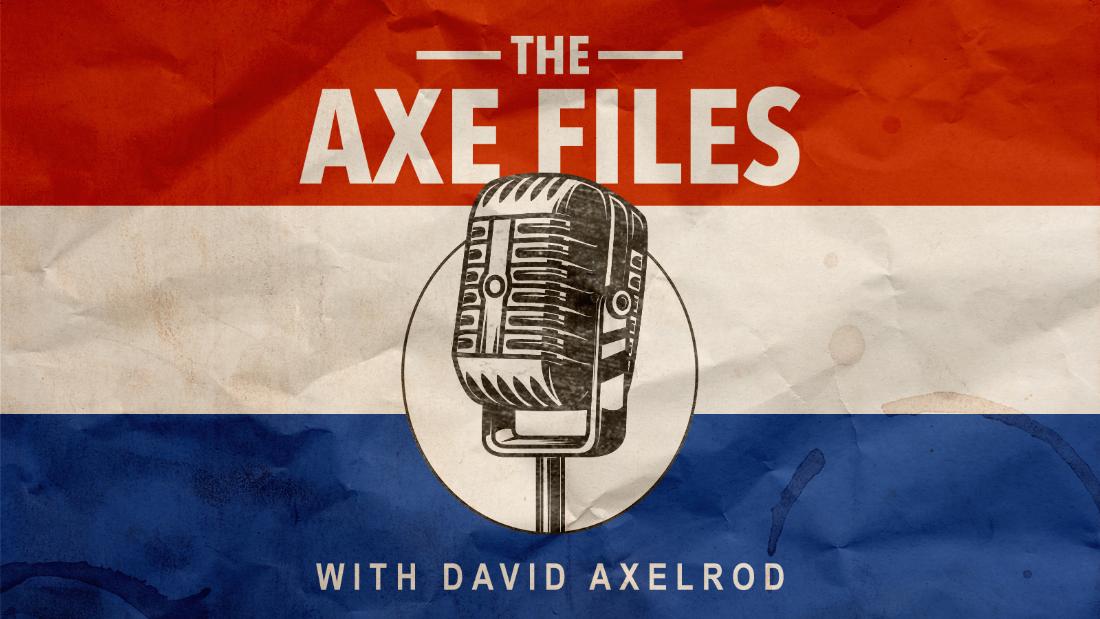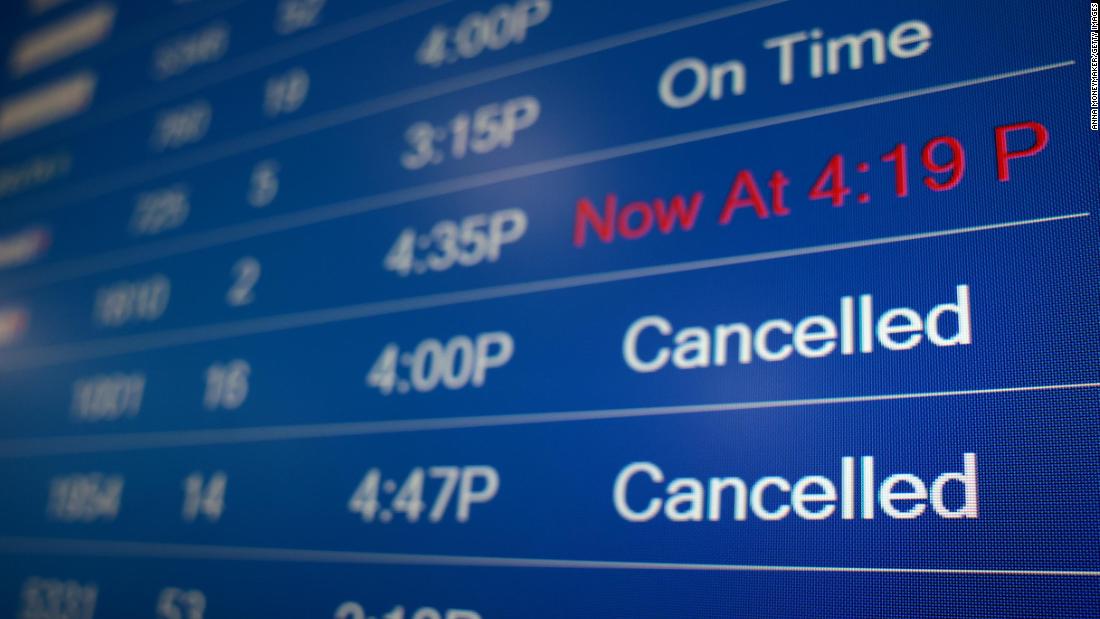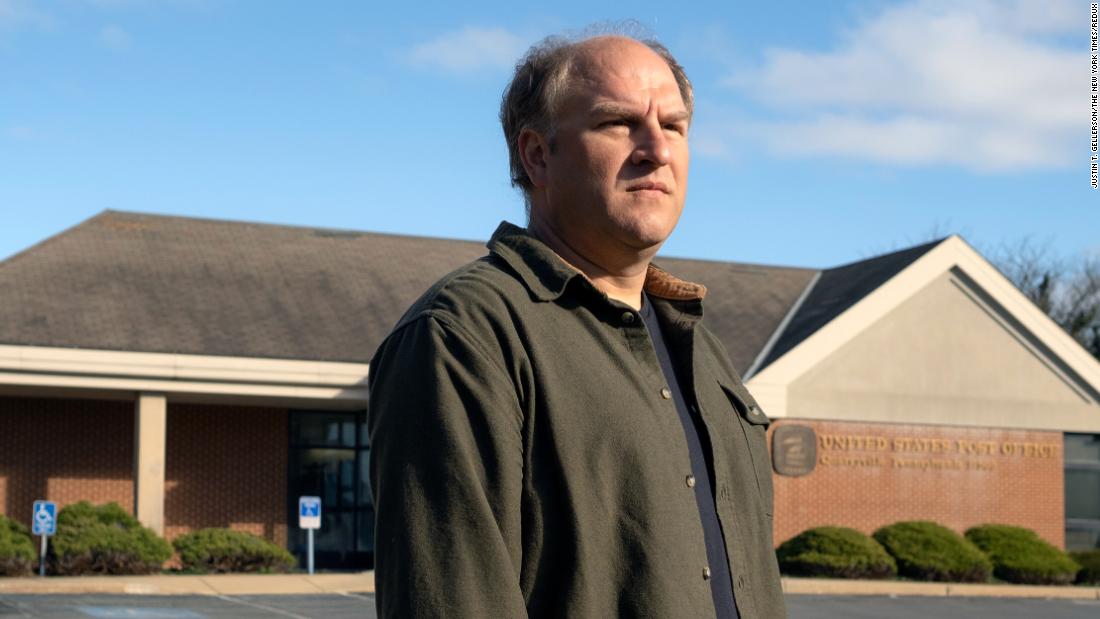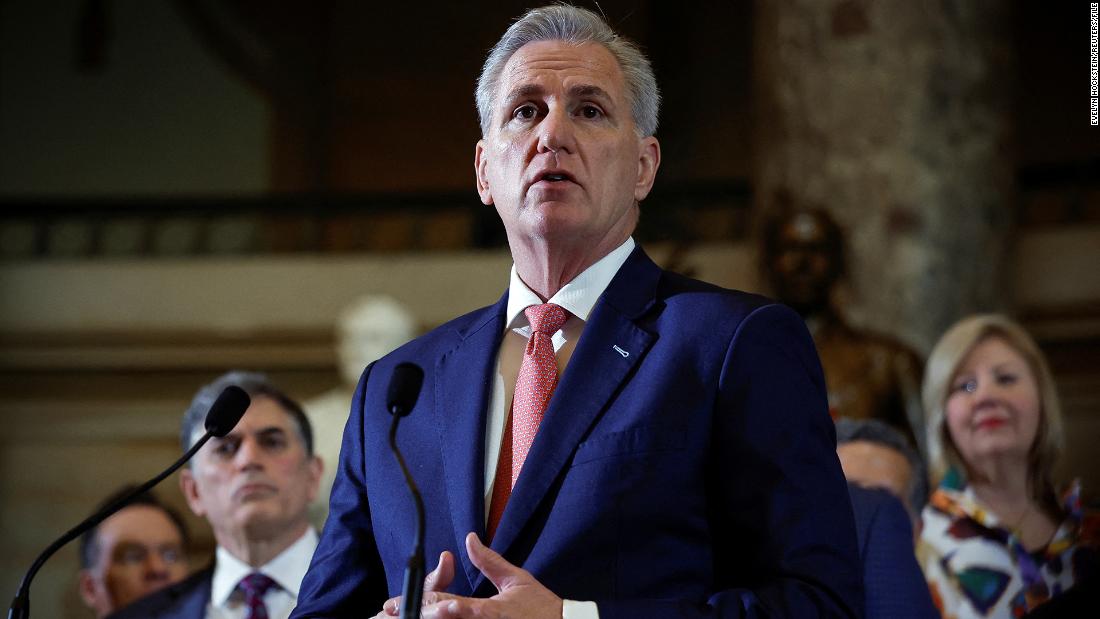VLADIMIR Putin’s shadow war on the West is already under way as the Kremlin has entered what military experts call “Phase Zero”.
It means Vlad is layering his ominous groundwork for a future conflict with Nato, as his tentacles spread across Europe through espionage, sabotage, drones, and unmarked troops.
Russia is in ‘Phase Zero’ of a shadow war with the West, experts have saidAP
Putin been resorting to espionage, sabotage, drones, and unmarked troops to set the stage for a potential conflict with NatoShutterstock Editorial
The chilling warning comes from the respected Institute for the Study of War (ISW), which says Moscow is now in the “informational and psychological condition-setting phase” of a potential showdown with the Alliance.
Analysts say the writing is on the wall and Russia may strike sooner than expected.
According to Eastern European outlet Nexta, the Kremlin is already gaining significant experience in modern warfare.
It could also launch new aggression without waiting for its army to fully recover from the war in Ukraine — a sign Moscow may strike sooner than Western intelligence expects.
The Kremlin is adapting, building reserves, refining tactics and learning from the bloodbath in Ukraine.
Former Nato planner and Army intelligence officer Philip Ingram previously told The Sun: “It’s almost certain the Russians are probing to see what a political reaction and a security reaction would be to these drone incursions.
“Putin wants to find any cracks that he can then exploit in the future, and then look at the military reaction, see whether Nato is actually in a position to defend itself.”
The Iron Curtain never really fell. It’s shifting east and west at once — through drones, hackers, cyberwarriors and “little green men.”
Nato may not yet be at war, but “Phase Zero” has already begun.
‘Little green men’
In a flashback to Crimea 2014, Estonia, Nato’s most vulnerable member – shut down a section of its border on October 10.
The closure came after armed men in unmarked uniforms appeared on the roadside near the “Saatse Boot,” a strange kilometre-long stretch where an Estonian road briefly cuts through Russian territory.
Estonian officials confirmed the seven unidentified Russian were “definitely not border guards” and warned they posed a “threat”.
A border guard source said: “We saw extremely large units with intense activity.
“These are definitely not border guards. For us, it clearly created a threat.”
Another insider said: “At first, they moved along the roadside, but at some point they simply lined up across the road.
“That created a dangerous situation for us, and we had to make a decision immediately to close the highway passing through the Saatse Boot.”
Authorities acted to “prevent escalation”, fearing Putin could use the location to stage provocations against civilians.
Officials said: “Closing the Saatse Saapa crossing is necessary to ensure the safety of Estonian people and prevent possible incidents.”
The incident — the first sighting of Putin’s notorious “little green men” near a NATO frontier in this campaign, according to ISW — follows Russian airspace violations over Estonia on September 7 and 19.
Britain, which has 900 troops stationed just 113 miles from the flashpoint, scrambled two RAF planes for a 12-hour Nato patrol near Russian airspace.
Defence Minister John Healey declared at the time: “Not only does this provide valuable intelligence to boost the operational awareness of our Armed Forces, but sends a powerful message of Nato unity to Putin and our adversaries.”
NATO state Estonia dramatically closed a section of its border with Russia at Saatse SaapaEast2West
It came after a sudden surge of unidentified ‘armed groups’ were spotted close to the frontierEast2West
Putin’s hybrid war
The border scare is only one front in Putin’s creeping offensive.
In the last two weeks, Europe has been hit by a wave of hybrid attacks — mysterious drone flights over military bases, fighter jet incursions into Nato skies, coordinated sabotage and crippling cyberstrikes.
Airports in Denmark, Poland, and Romania have faced repeated drone incursions, while Copenhagen airport was forced to shut down twice in one day.
Danish Prime Minister Mette Frederiksen warned: “Over recent days, Denmark has been the victim of hybrid attacks,” adding that “there is one main country that poses a threat to Europe’s security, and it is Russia.”
Danish intelligence chief Finn Borch was blunt: “The risk of Russian sabotage in Denmark is high.”
Last week, a massive ransomware attack paralysed Heathrow, Brussels and Berlin airports, forcing airlines back to pen-and-paper check-ins.
Security expert Anthony Glees told The Sun: “Without doubt, the Russians are behind these attacks… Putin’s strategic planners have demonstrated they can attack our cyberspace with impunity and at will.”
Putin’s warplanes are also pushing boundaries.
A Russian MIG-31 fighter jet flying above the Baltic Sea
Footage showed a drone flying close to the Copenhagen airport
Travellers wait at Brussels airport after a cyberattack disrupted operations over the weekend
Three Russian MiG-31 jets armed with Kinzhal hypersonic missiles violated Estonian airspace last week, loitering for nearly 12 minutes before being repelled by NATO F-35s.
Poland reported 19 separate airspace violations in two weeks and a low flyover near a critical oil and gas platform.
US President Donald Trump responded with a stark warning: Nato “shouldn’t hesitate” to shoot down Russian jets next time.
European diplomats have privately told Moscow that further incursions “will be met with full force.”
Russia’s ambassador to France, Alexey Meshkov, issued a chilling threat in return: “There are many NATO planes that violate Russian airspace… They are not shot down afterwards.”
He denied any Russian involvement in the drone swarms, claiming: “Russia doesn’t do that, play with anyone. It’s not really our thing.”
Ukraine strikes back
While Russia escalates its hybrid war, Ukraine is hitting back hard.
Backed by vital US intelligence, Kyiv’s long-range drone campaign has targeted Russia’s oil refineries, striking 16 of 38 facilities and triggering fuel shortages and soaring prices.
One US official told the Financial Times that Ukraine chooses the targets while Washington provides intelligence on vulnerabilities — a collaboration that has transformed Kyiv’s ability to evade Russian air defences.
And Washington may soon go further.
Trump and Volodymyr Zelensky held back-to-back calls on Sunday discussing possible US sales of Tomahawk cruise missiles to Ukraine — a move the Kremlin fears could tilt the battlefield.
Moscow is scrambling to dissuade Washington, with spokesman Dmitry Peskov warning the missile is a “serious weapon” even as he insisted it “will not change the battlefield situation.”
Putin is scrambling to contain the fallout, signing a decree to pump billions into subsidies to stabilise the domestic fuel market — a sign, analysts say, of how effective Ukraine’s strikes have been.
What are Little Green Men?
THE term “little green men” was coined during Russia’s 2014 seizure of Crimea to describe armed troops in unmarked uniforms who appeared seemingly out of nowhere.
They are usually heavily armed, disciplined and denying any link to Moscow.
The Kremlin initially claimed they were “local self-defence forces,” but they were later confirmed to be Russian special forces.
Their hallmark is plausible deniability: by stripping away insignia, Russia muddies responsibility and sows confusion, making it harder for Nato or the international community to respond.
Today, sightings of such shadowy figures on Nato’s frontier — like those seen on Estonia’s border — are seen as a chilling warning sign that Putin may be preparing new acts of aggression under the cover of ambiguity.
Published: [#item_custom_pubDate]













